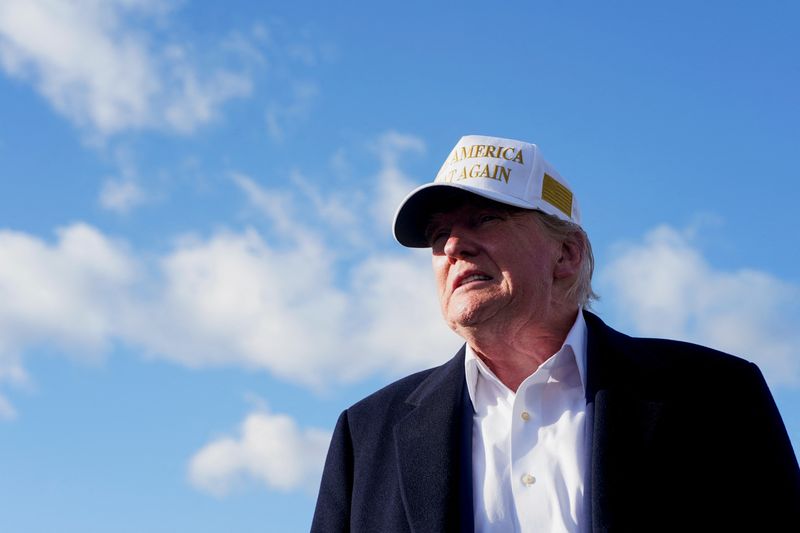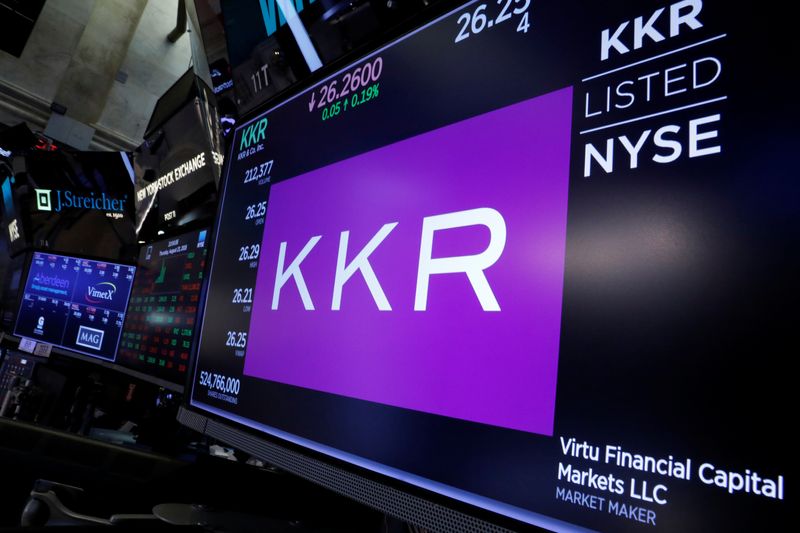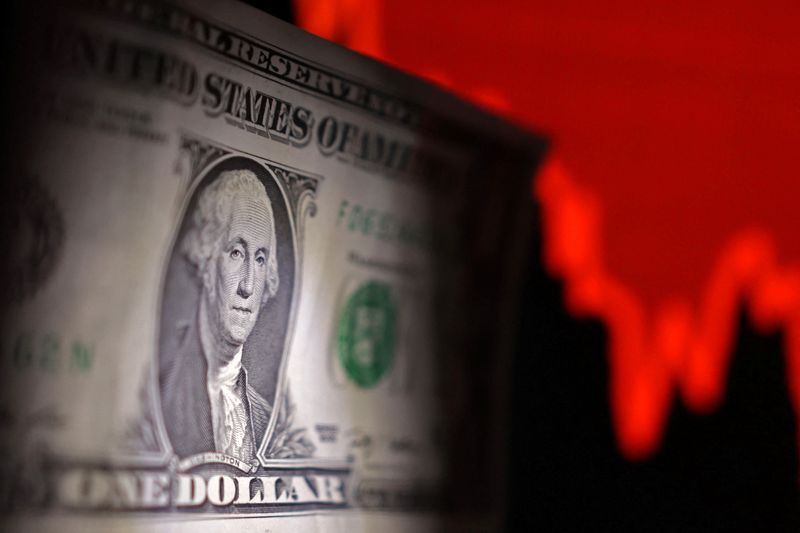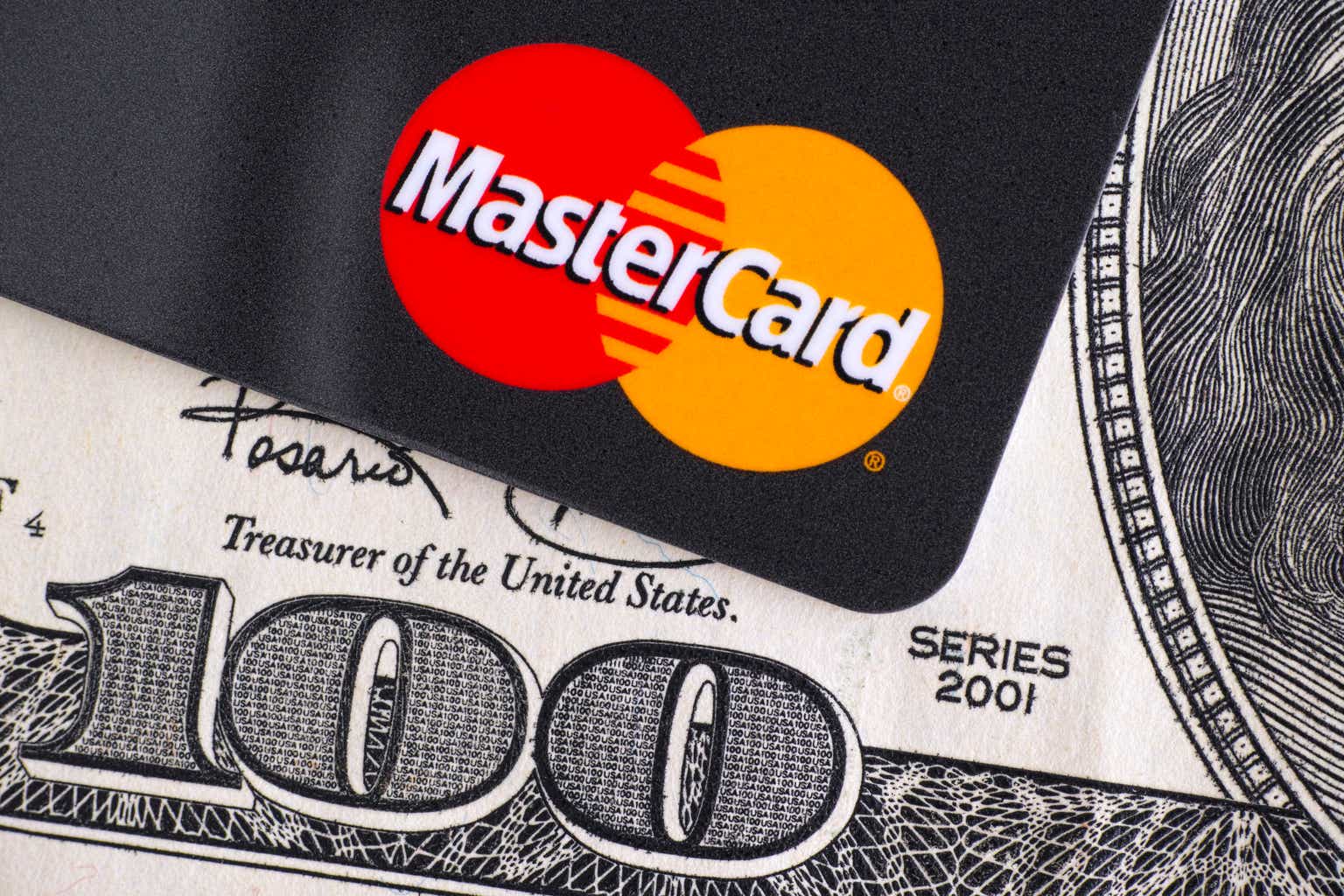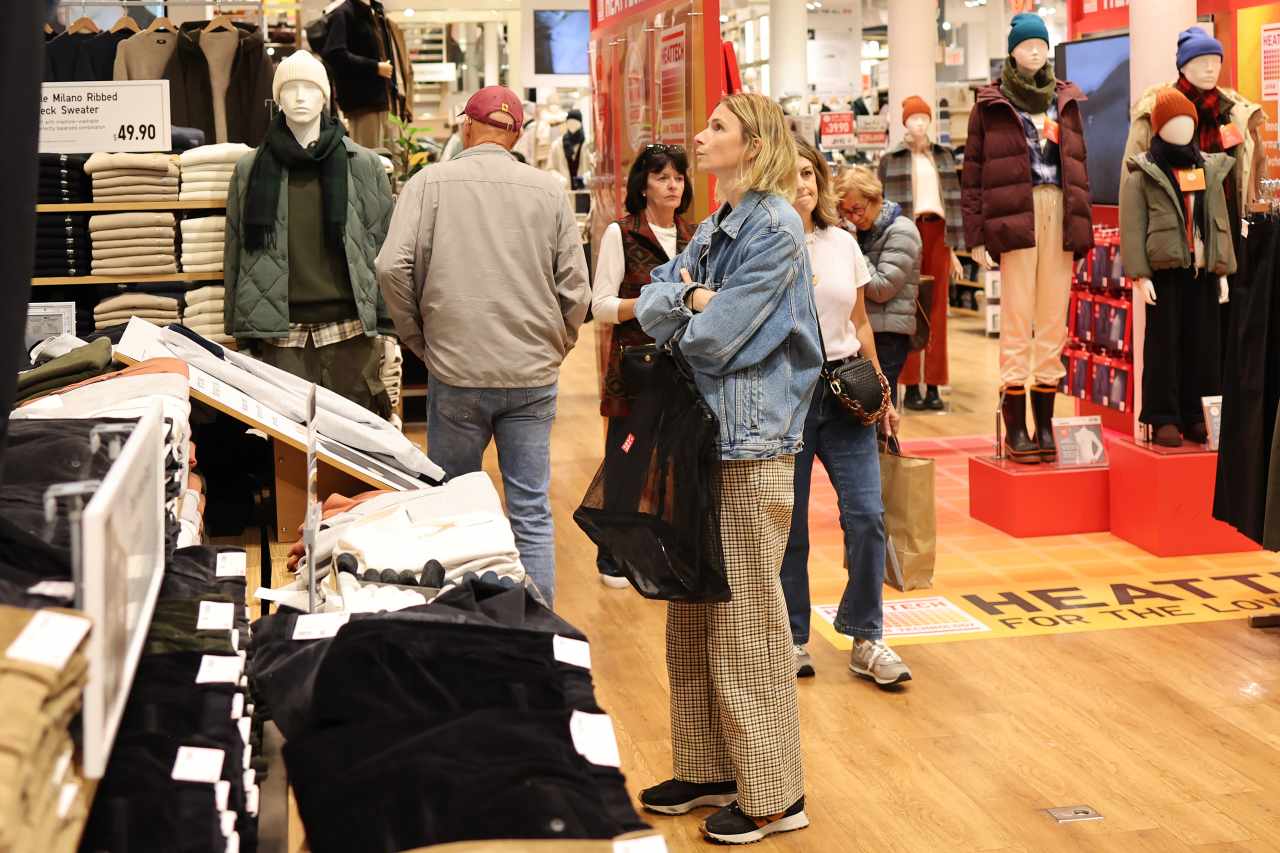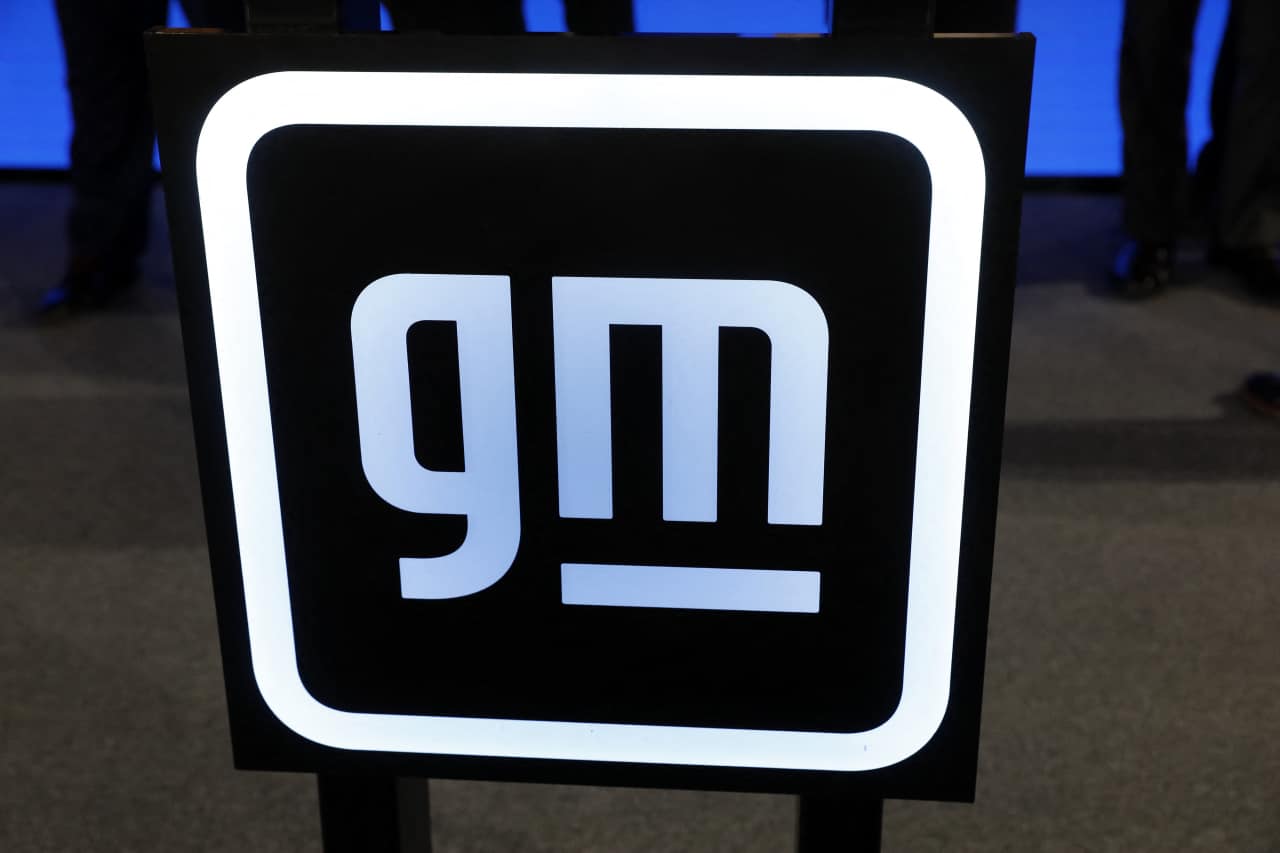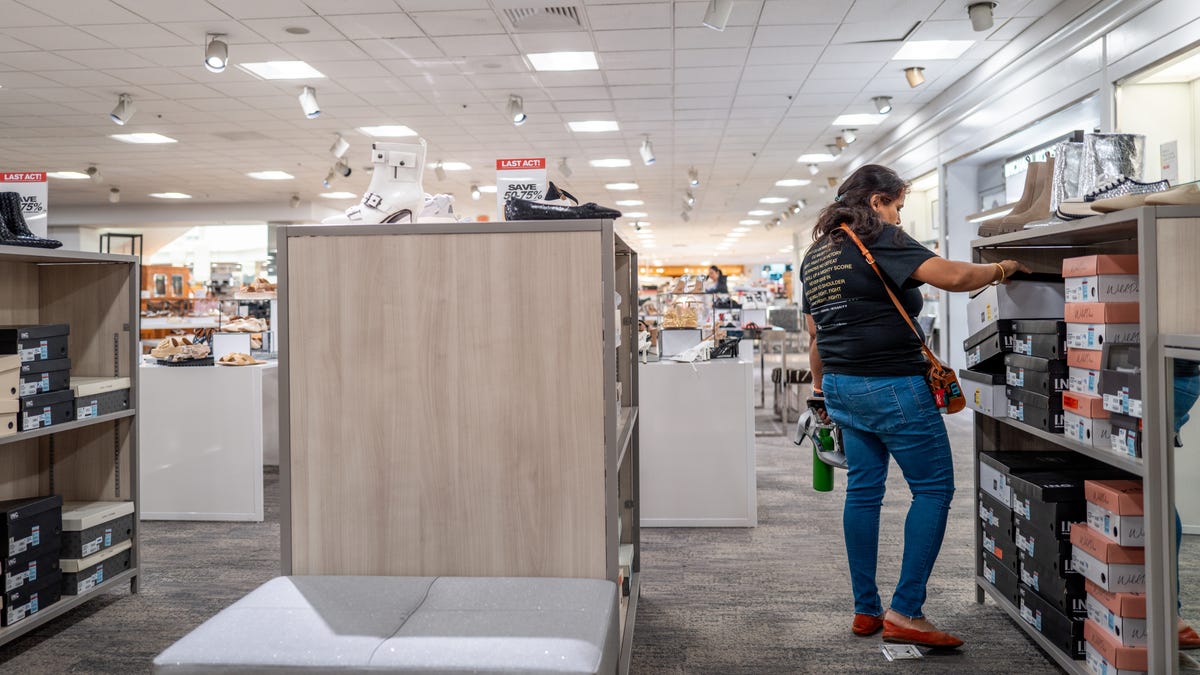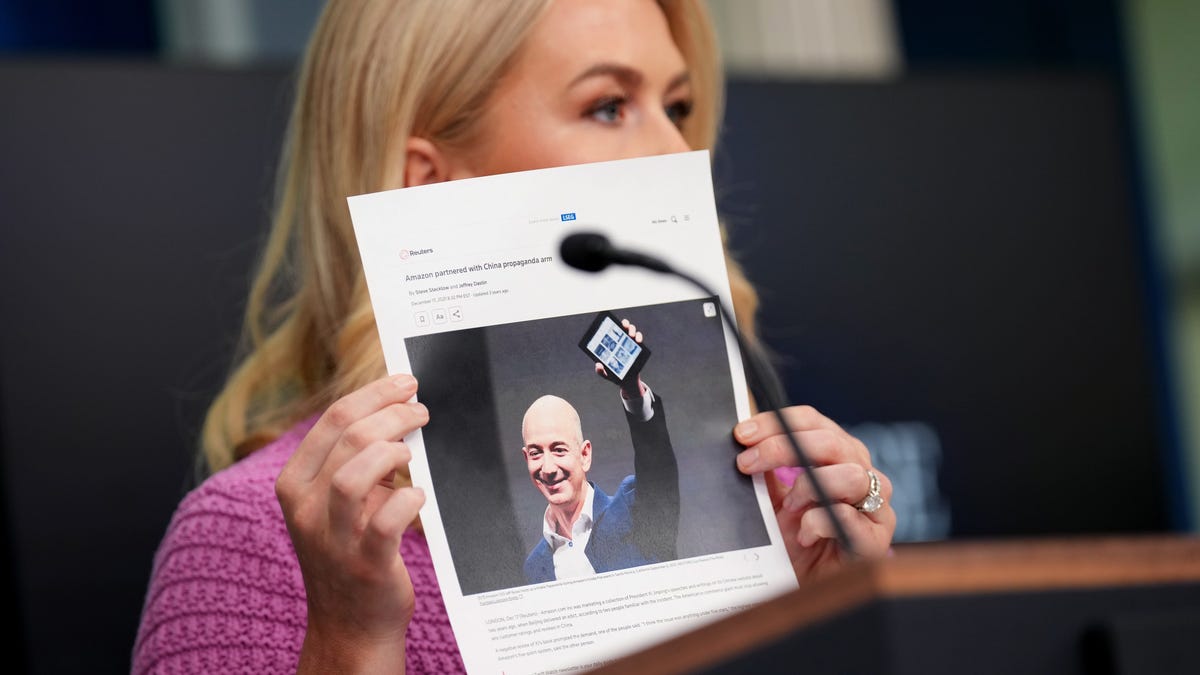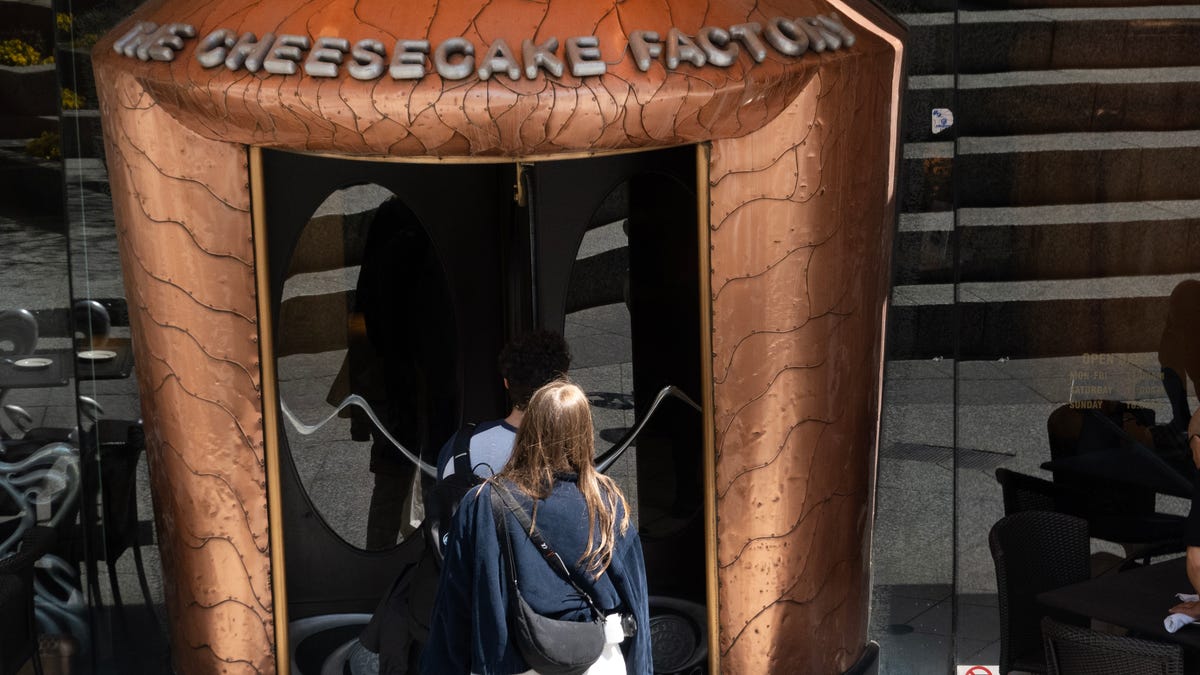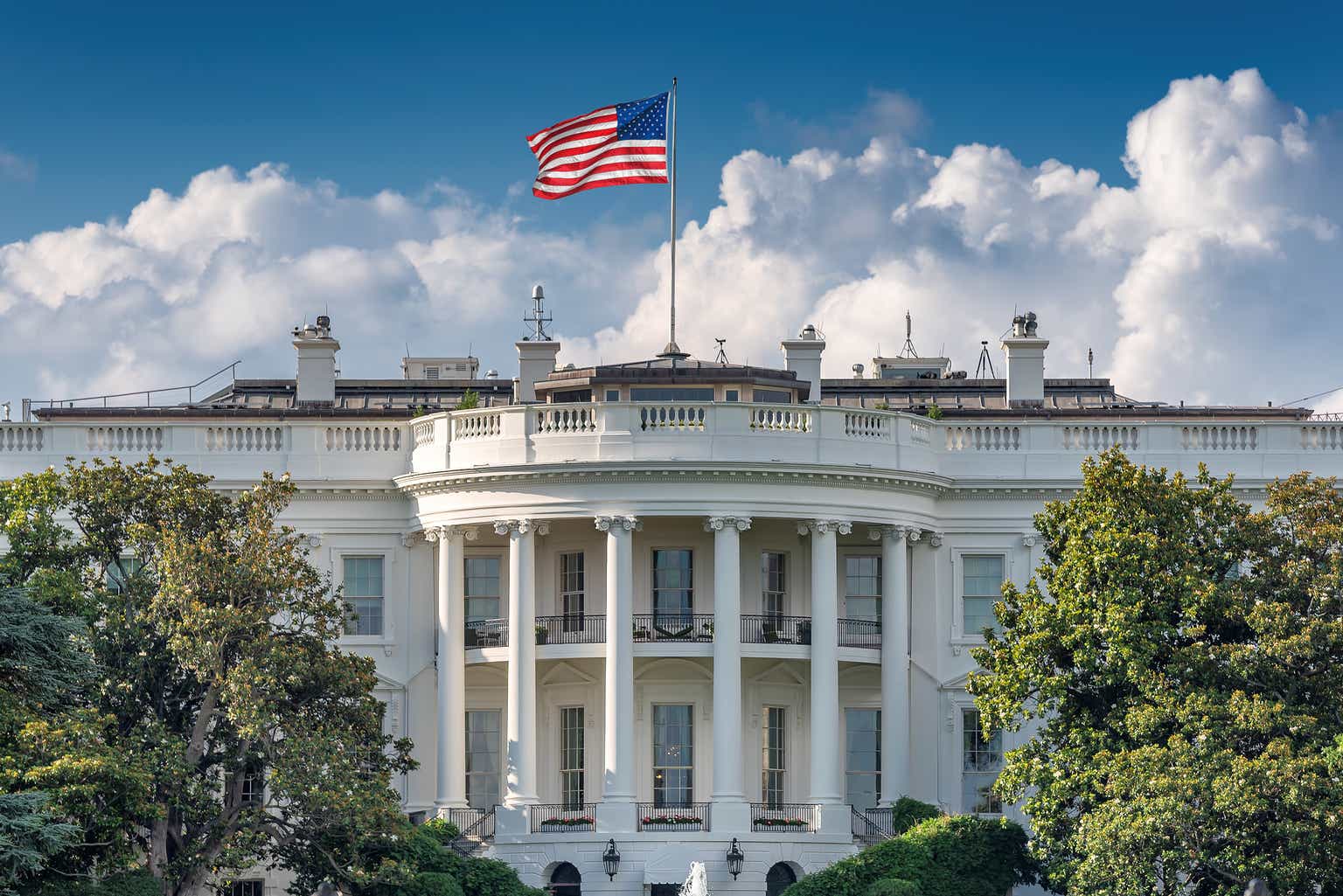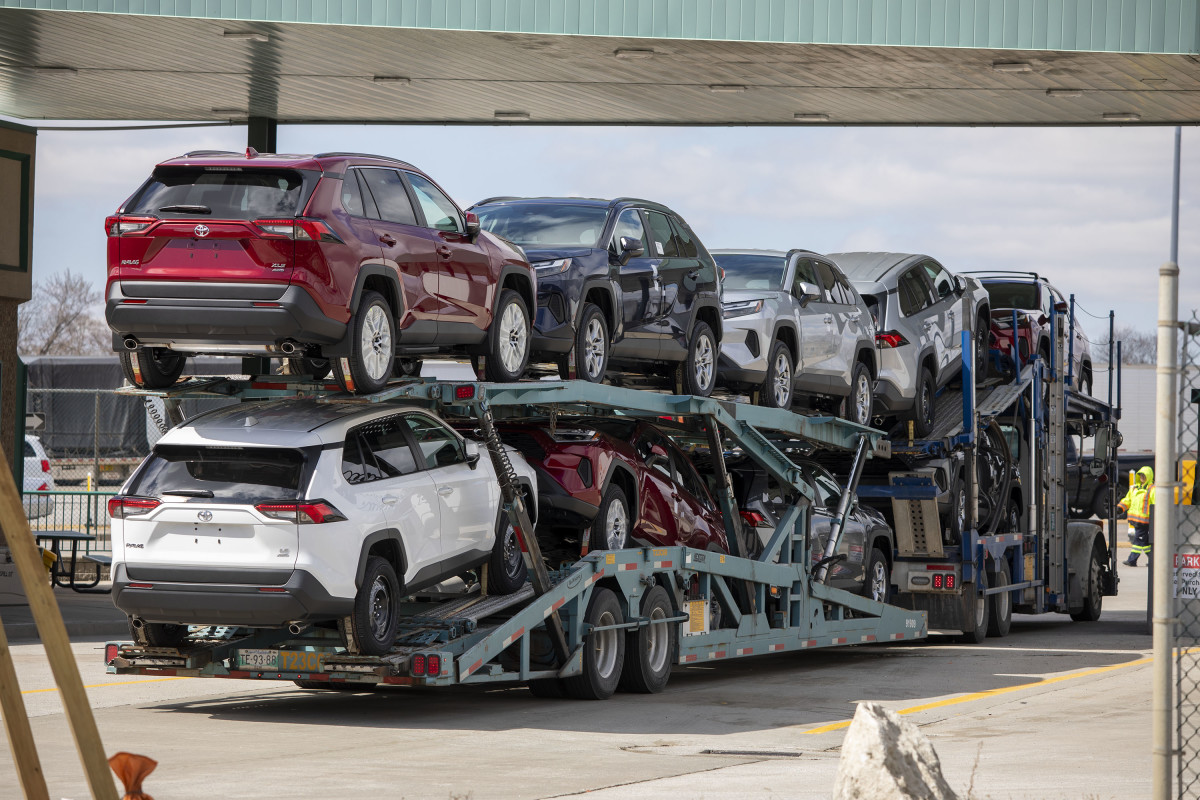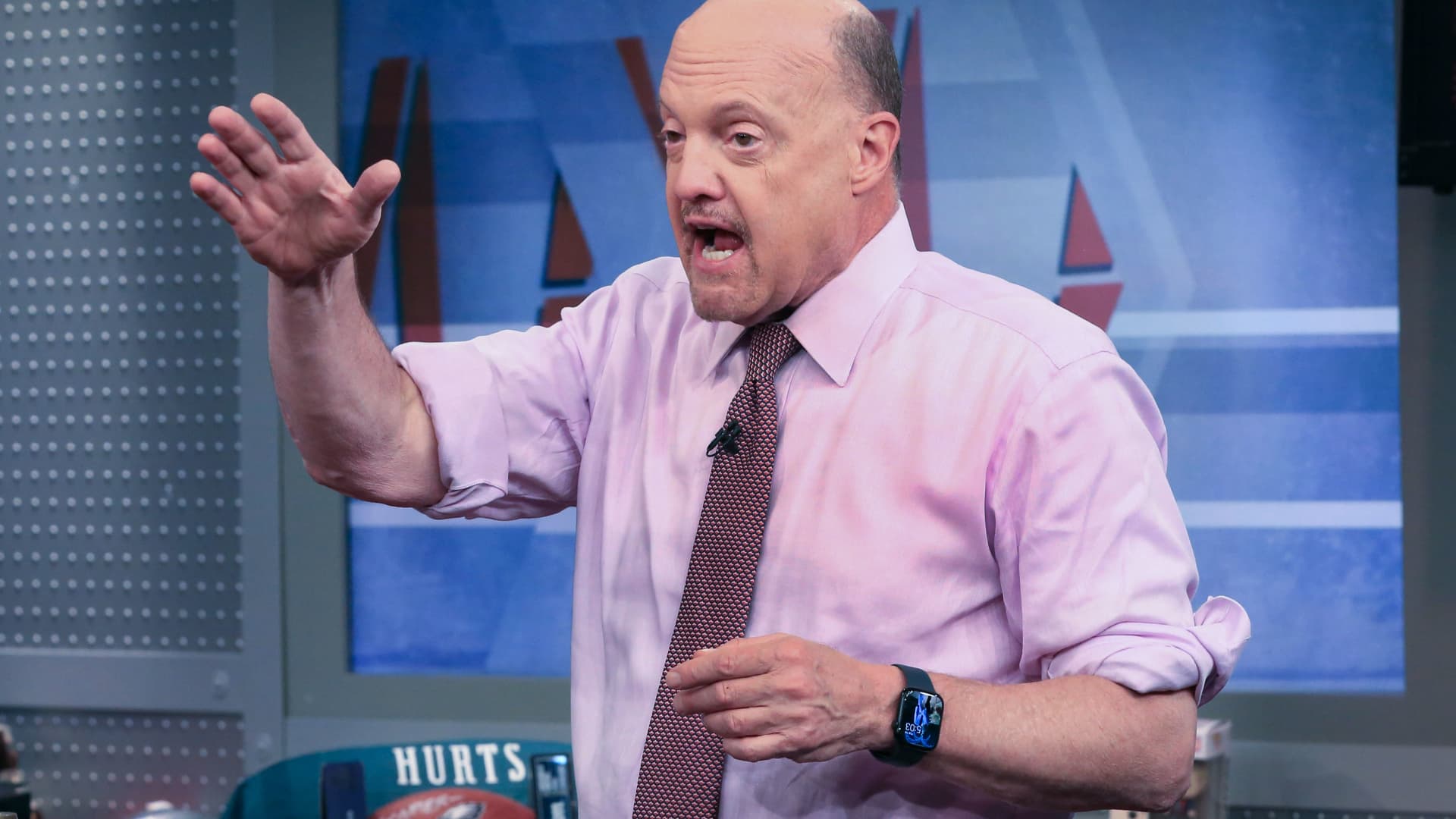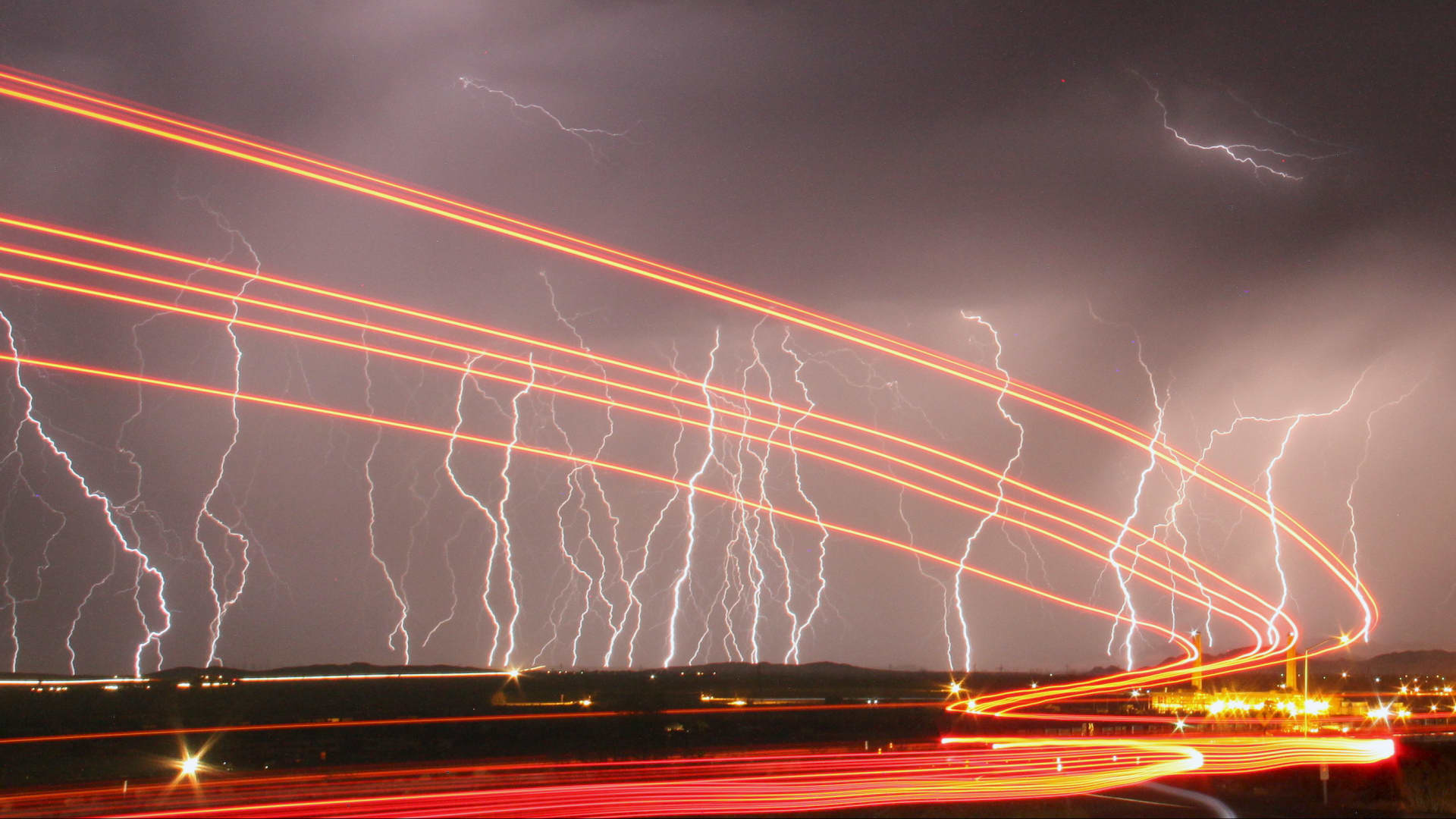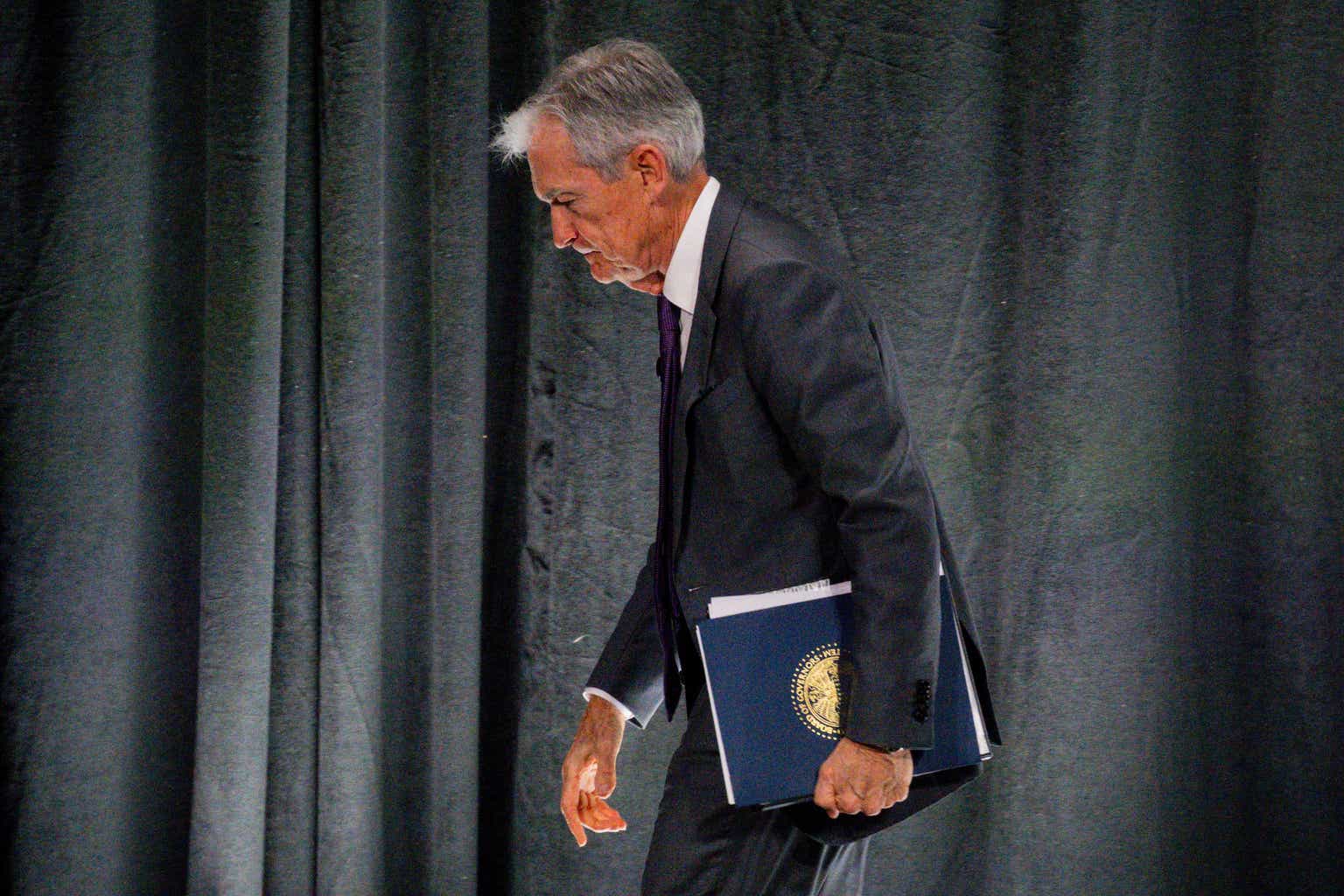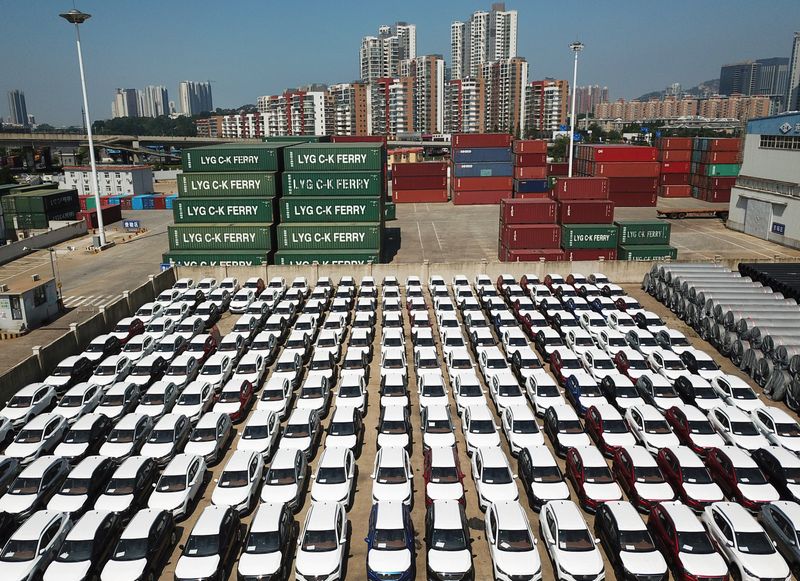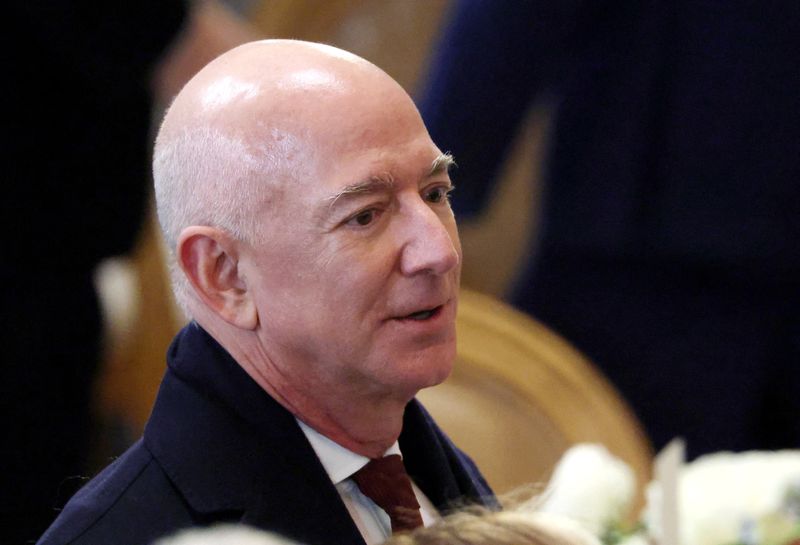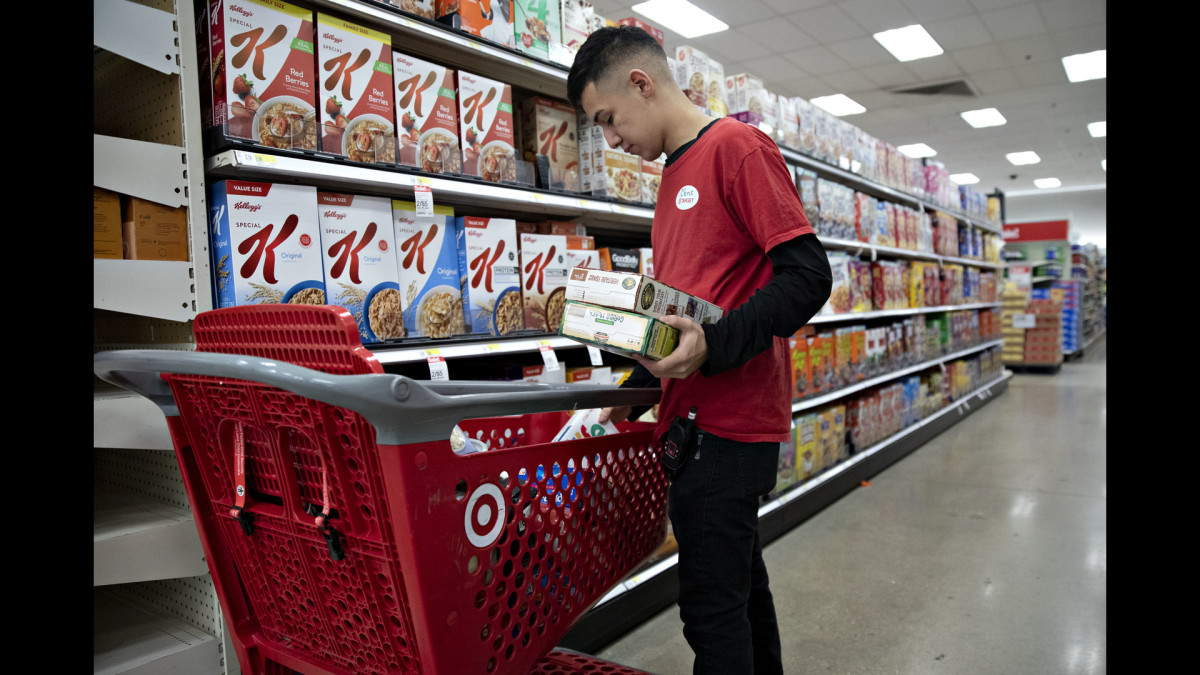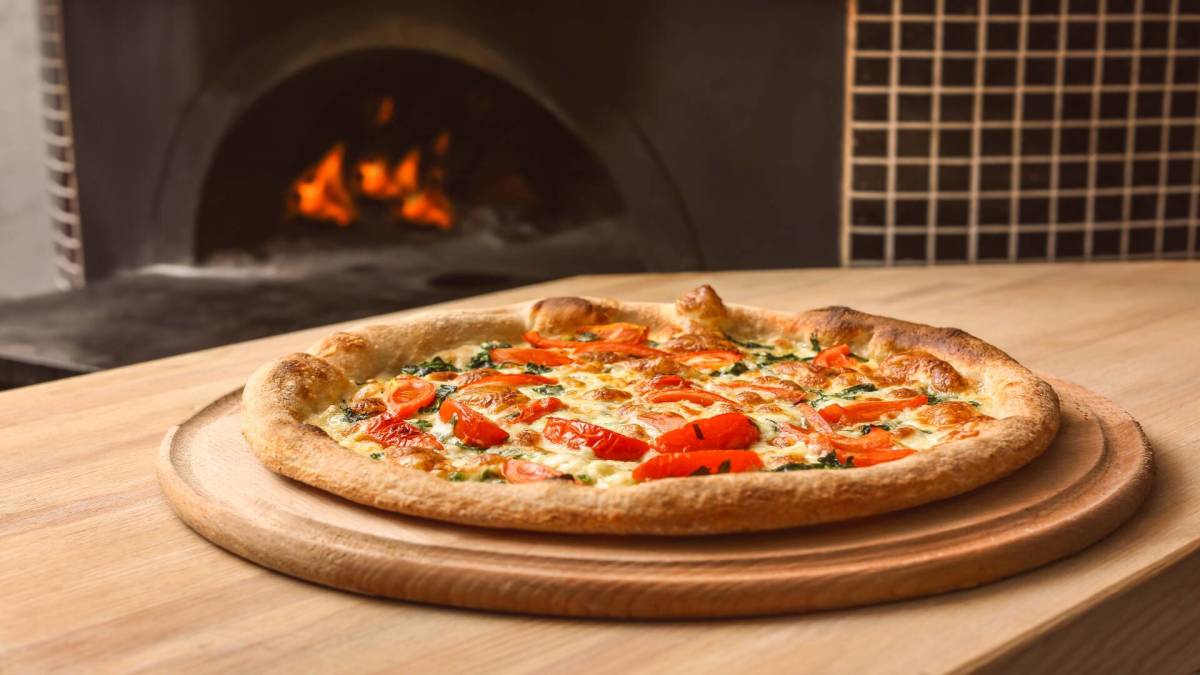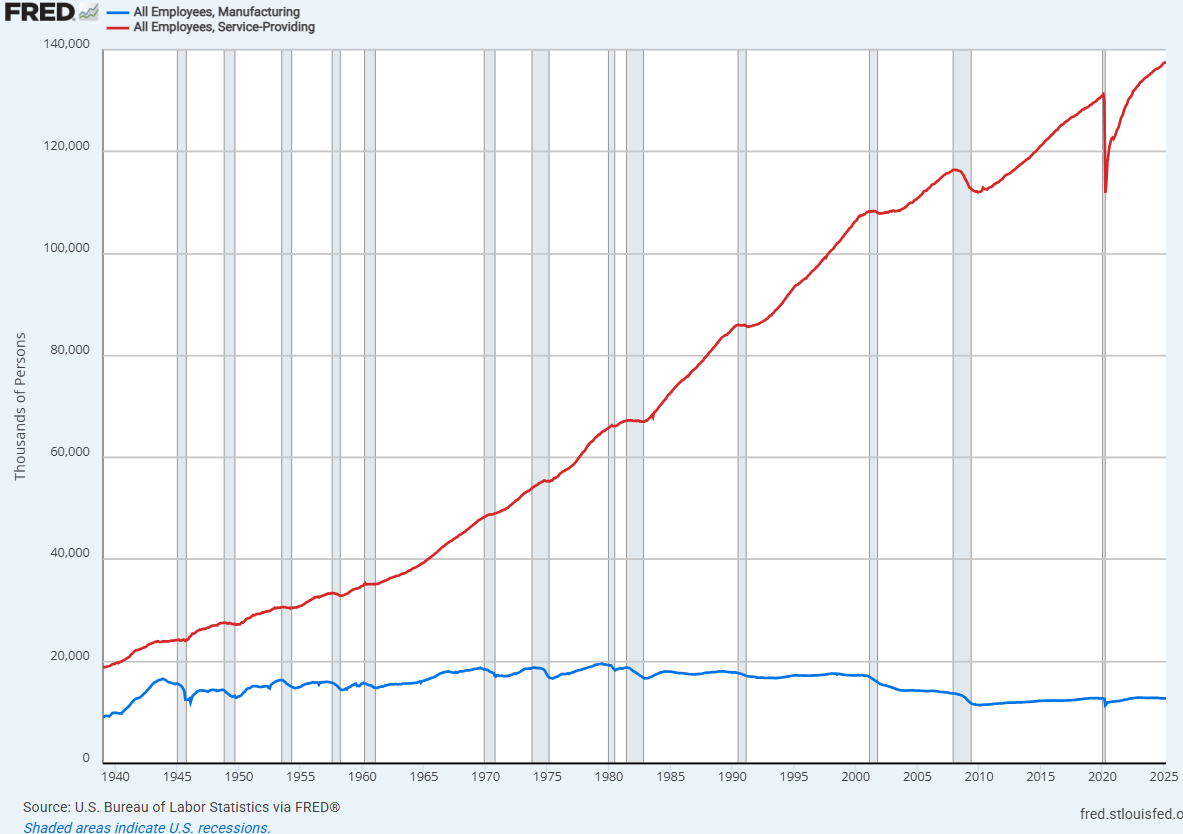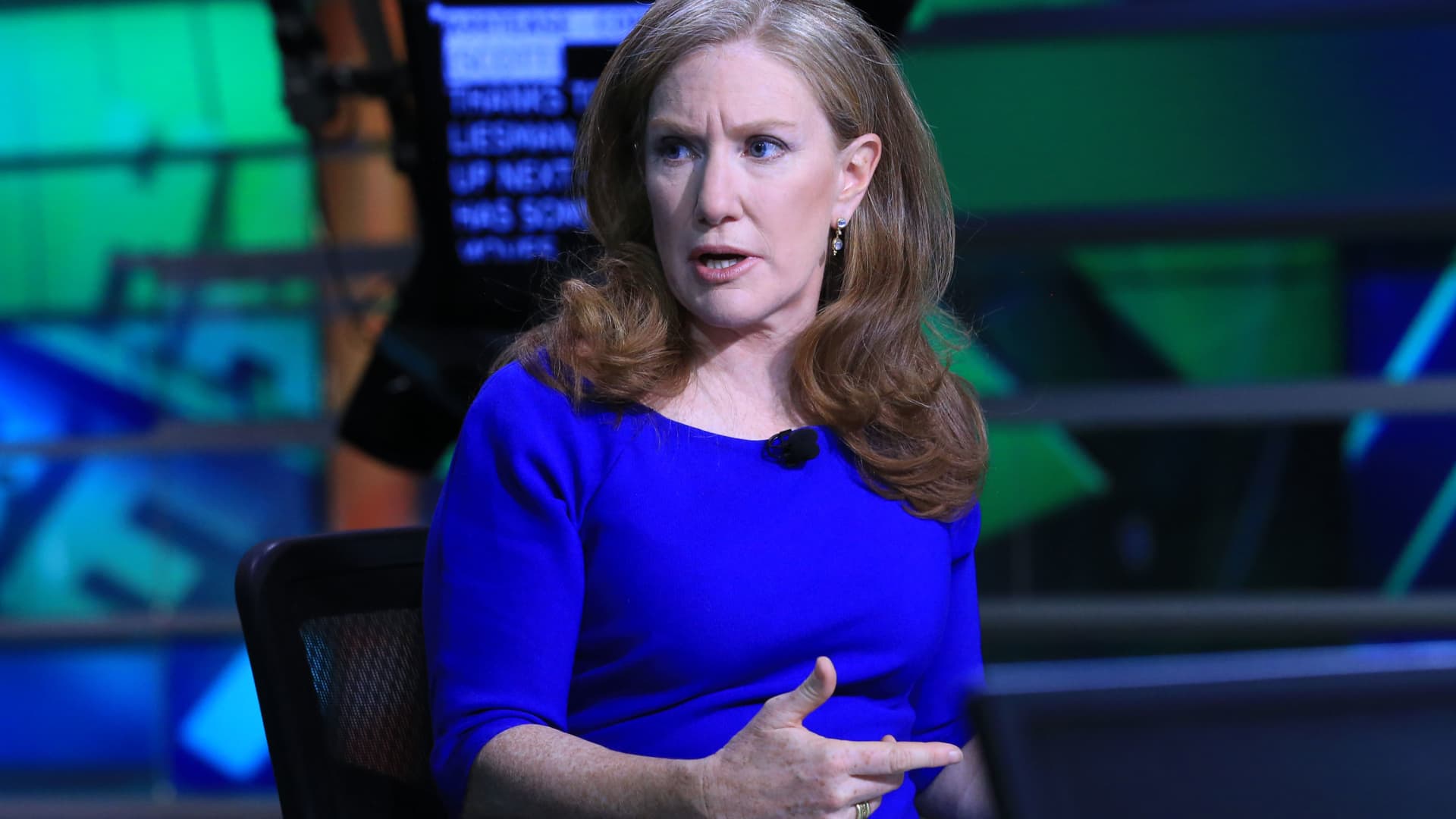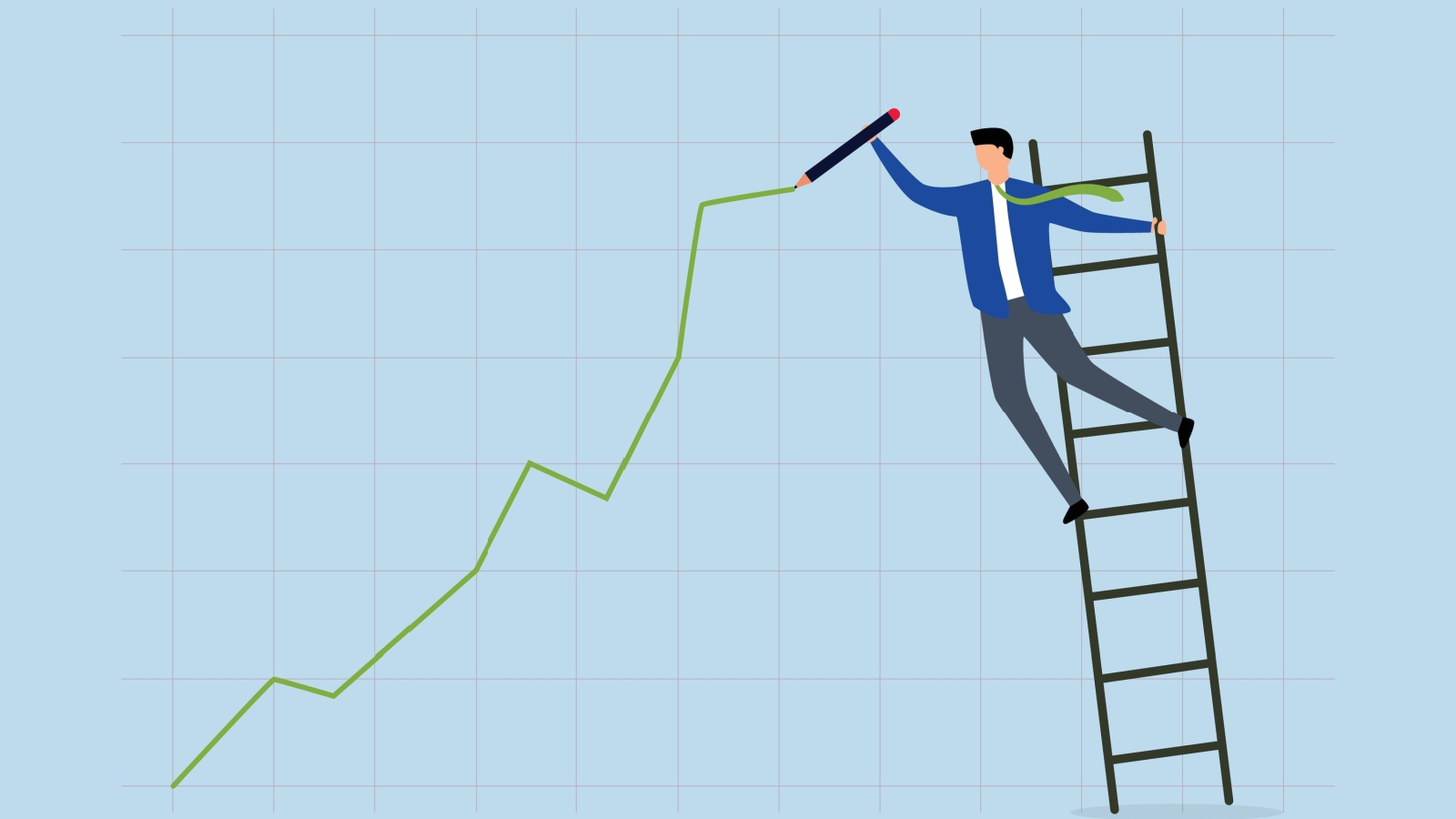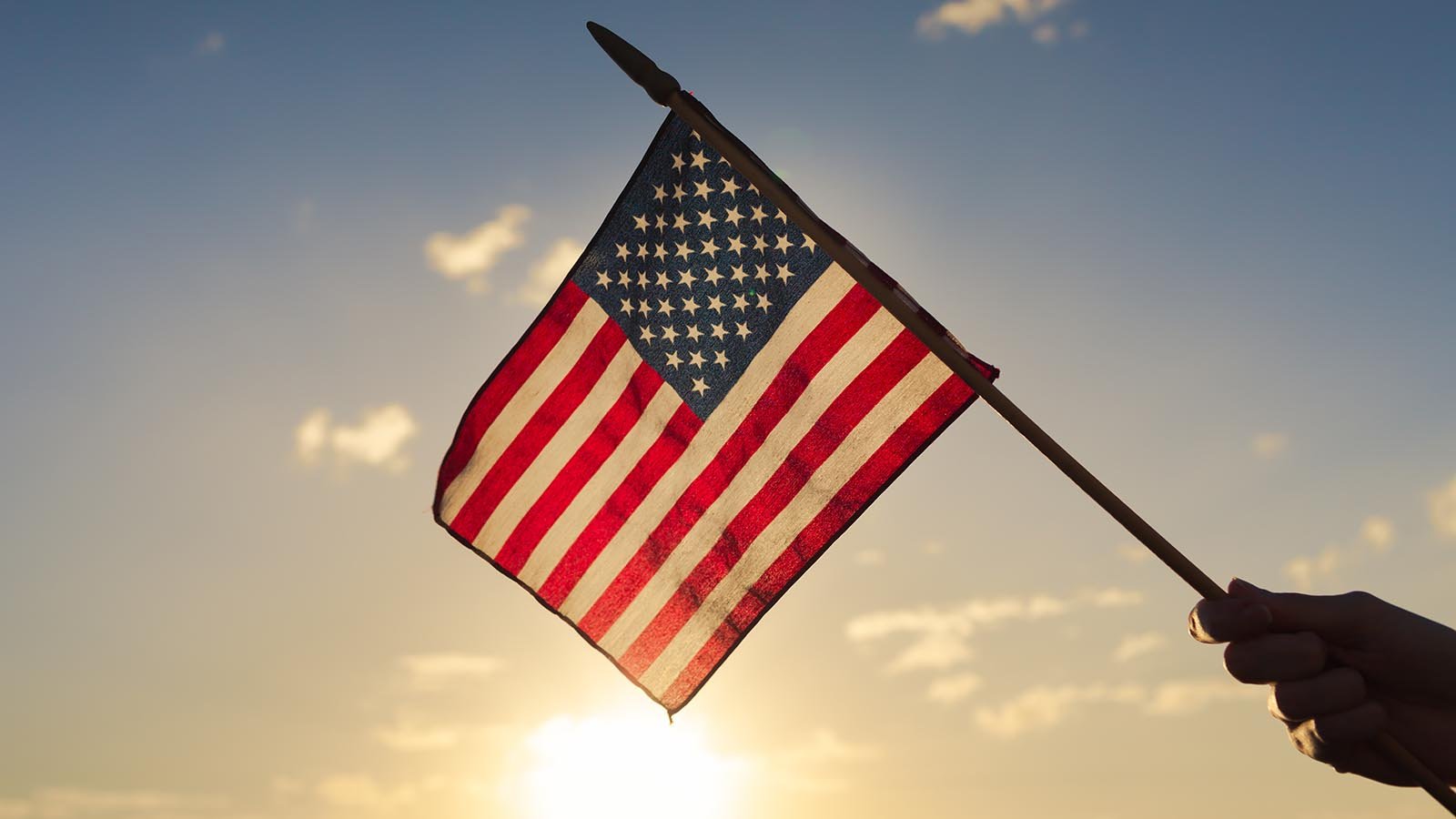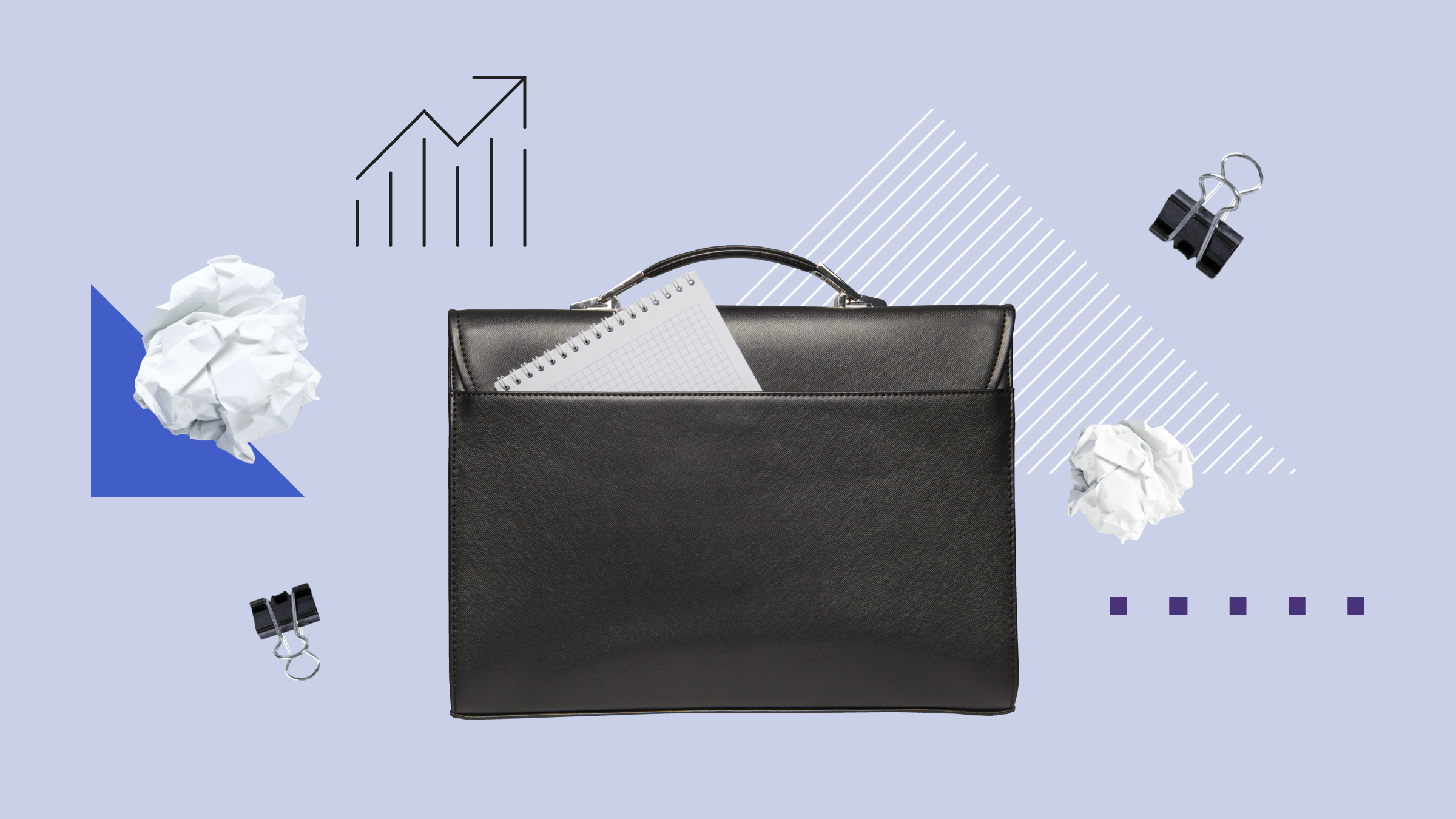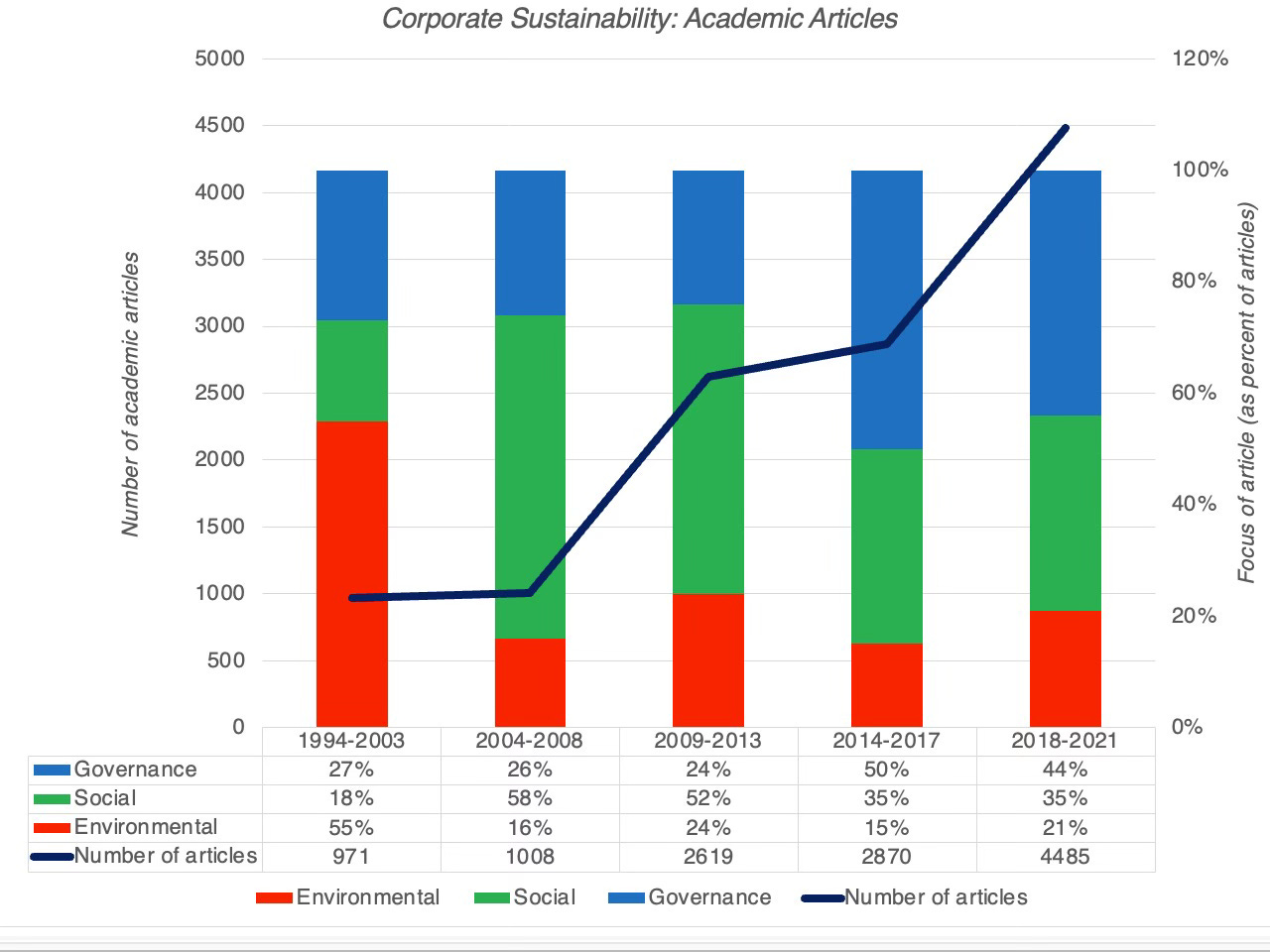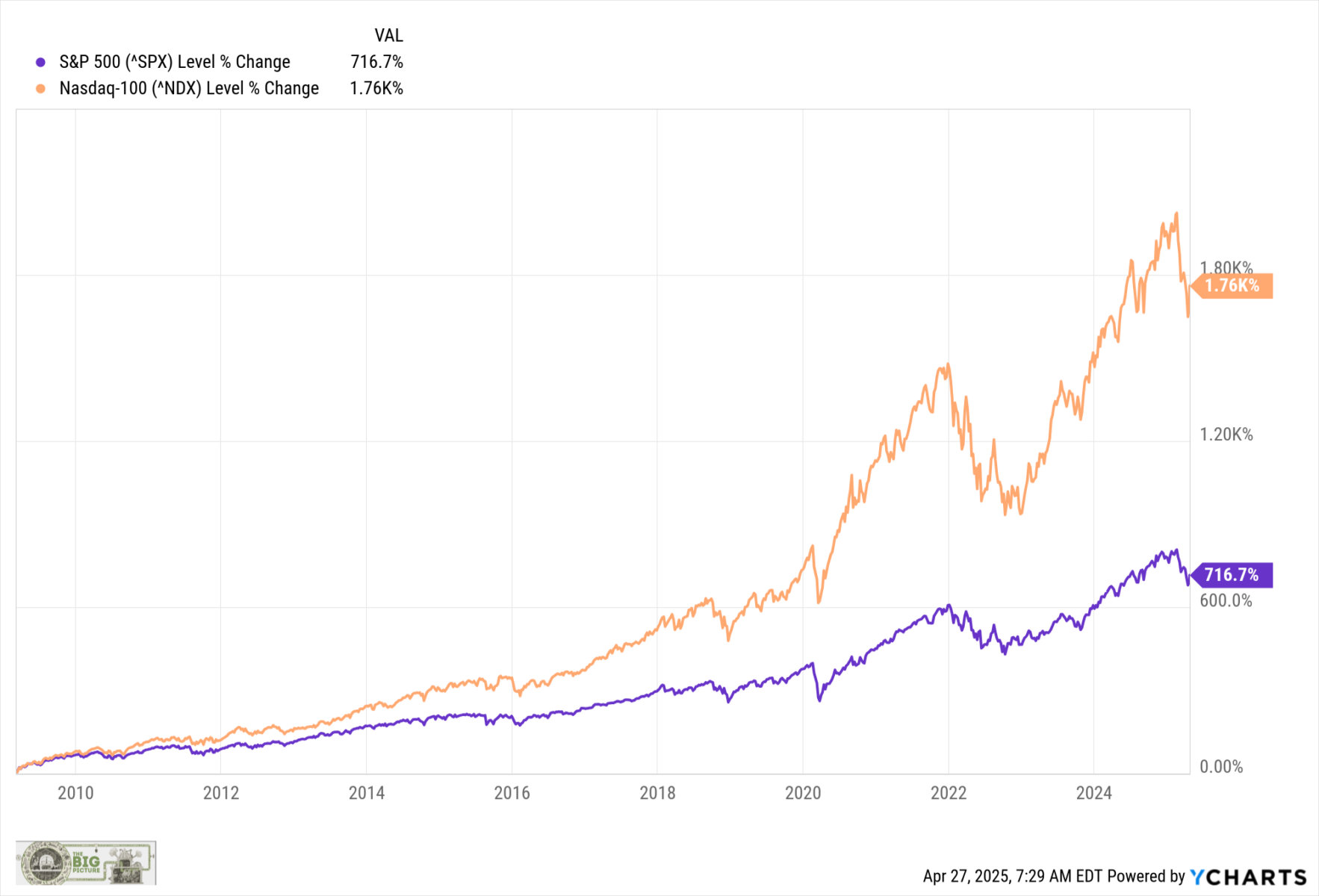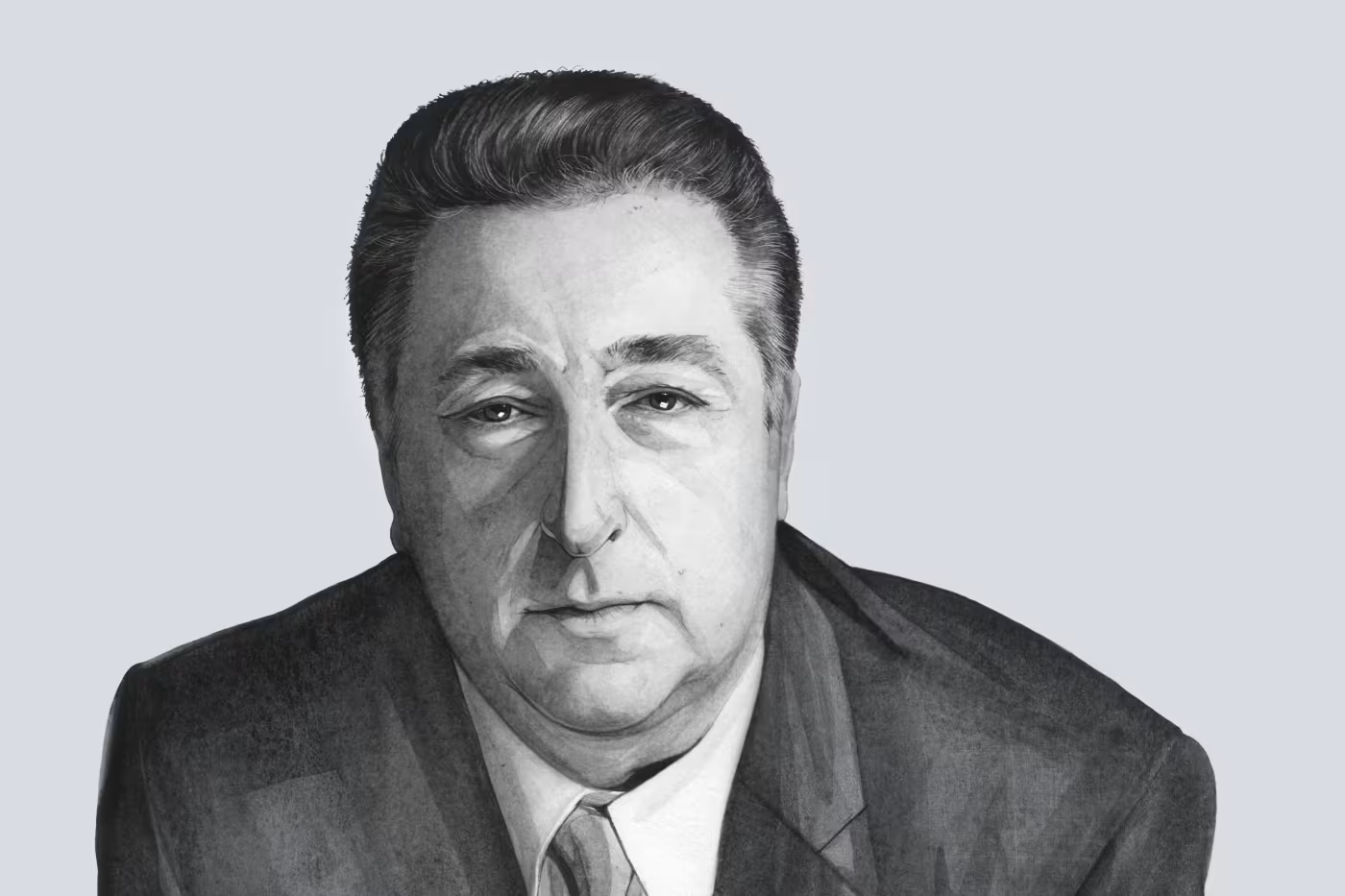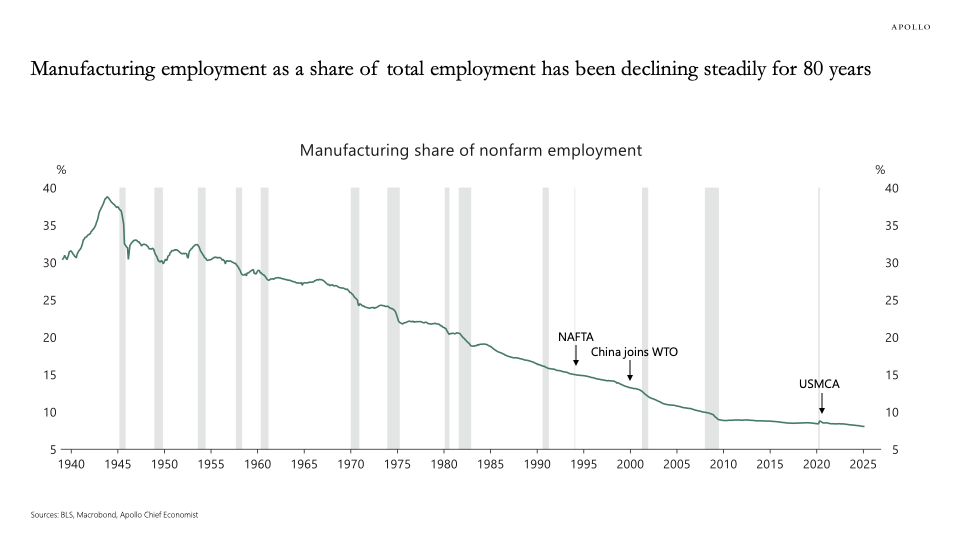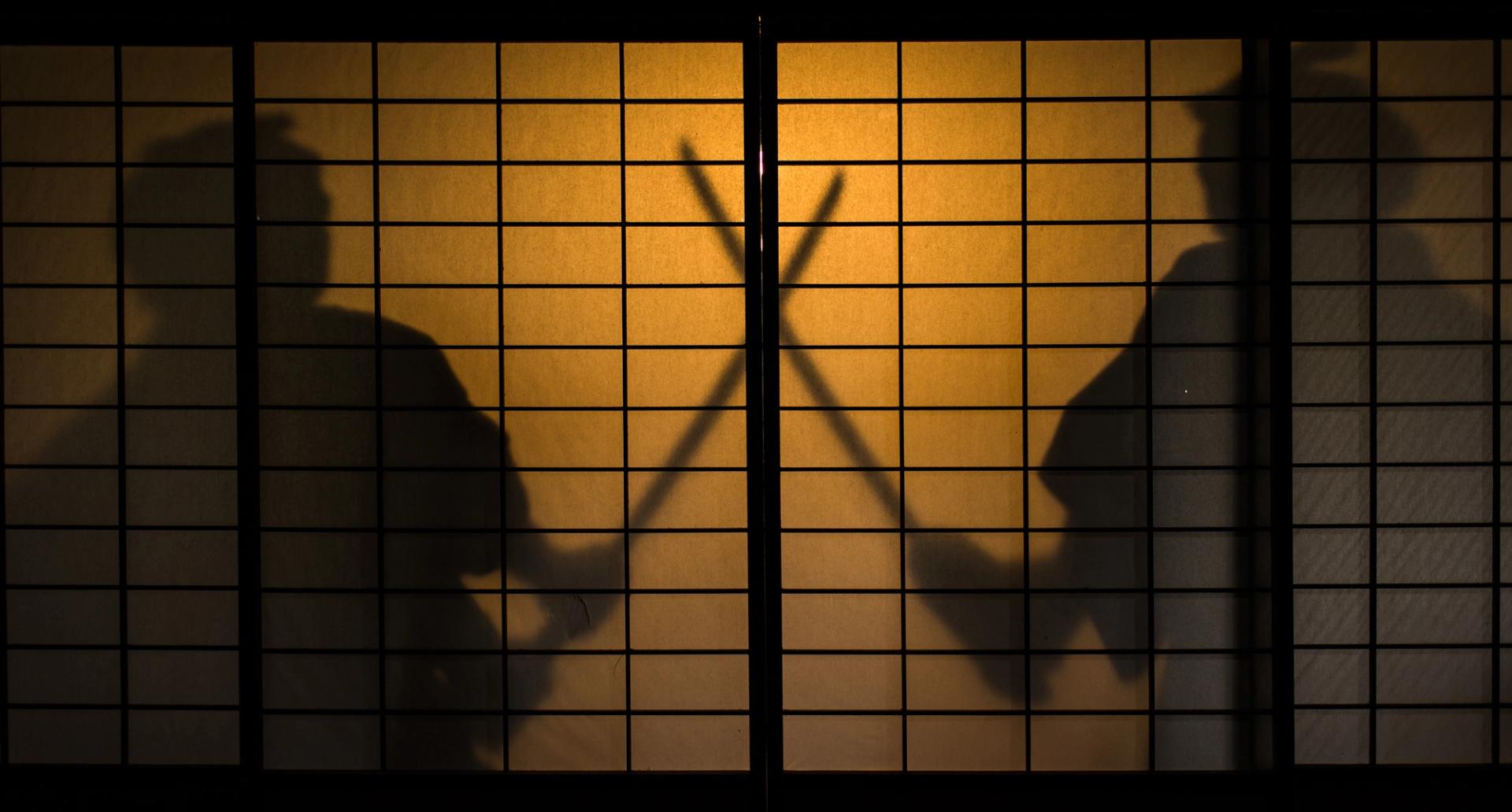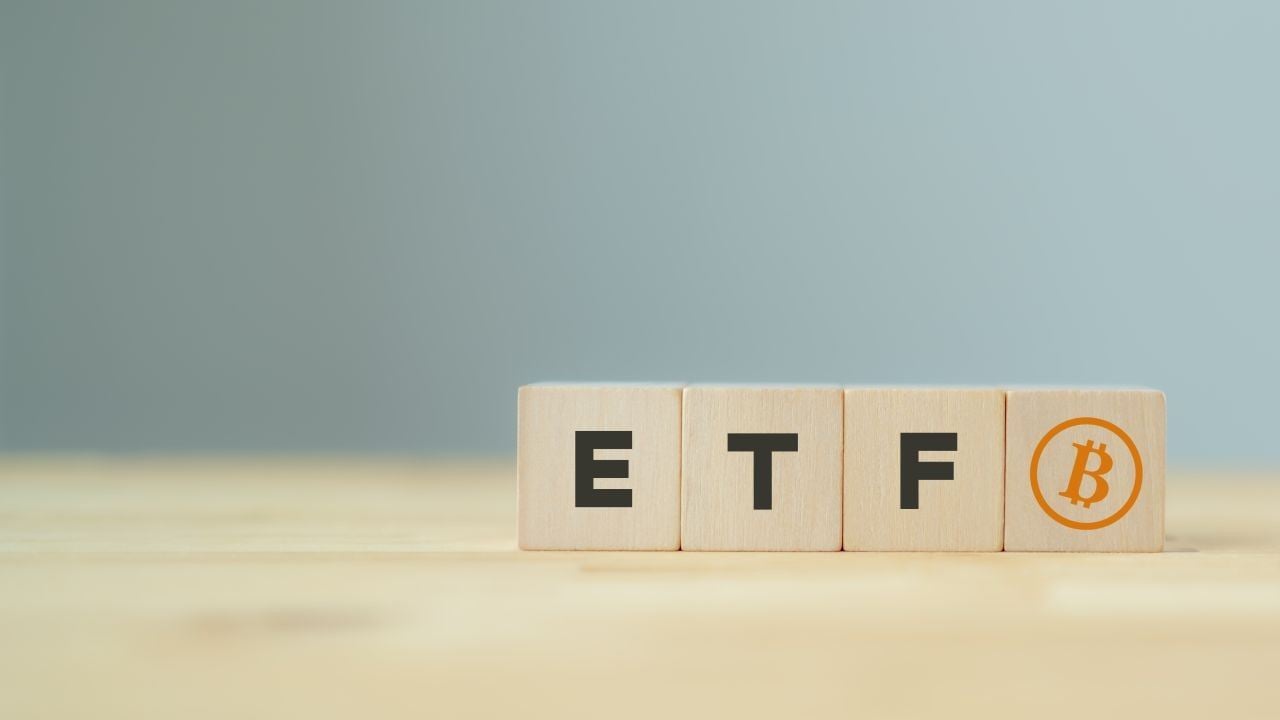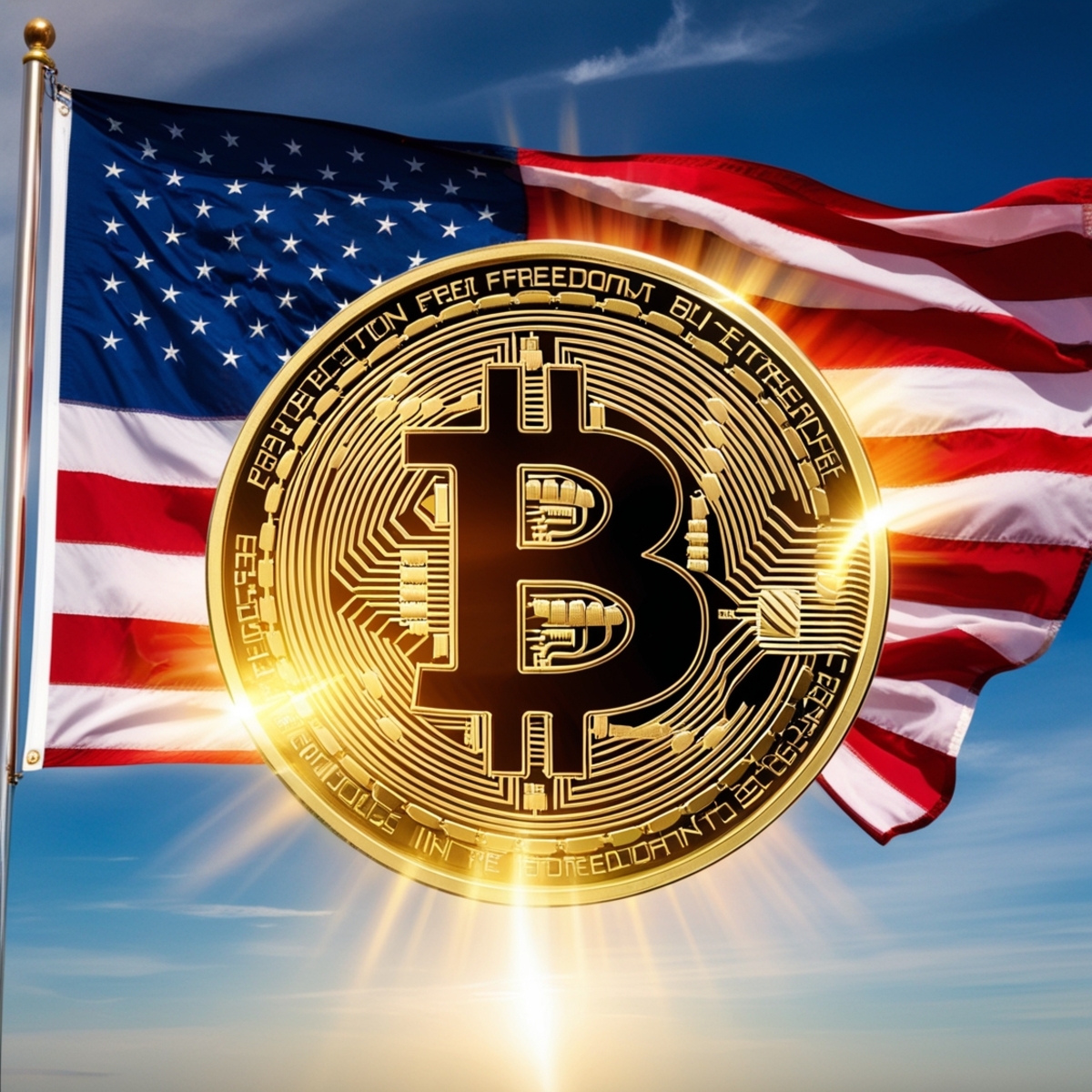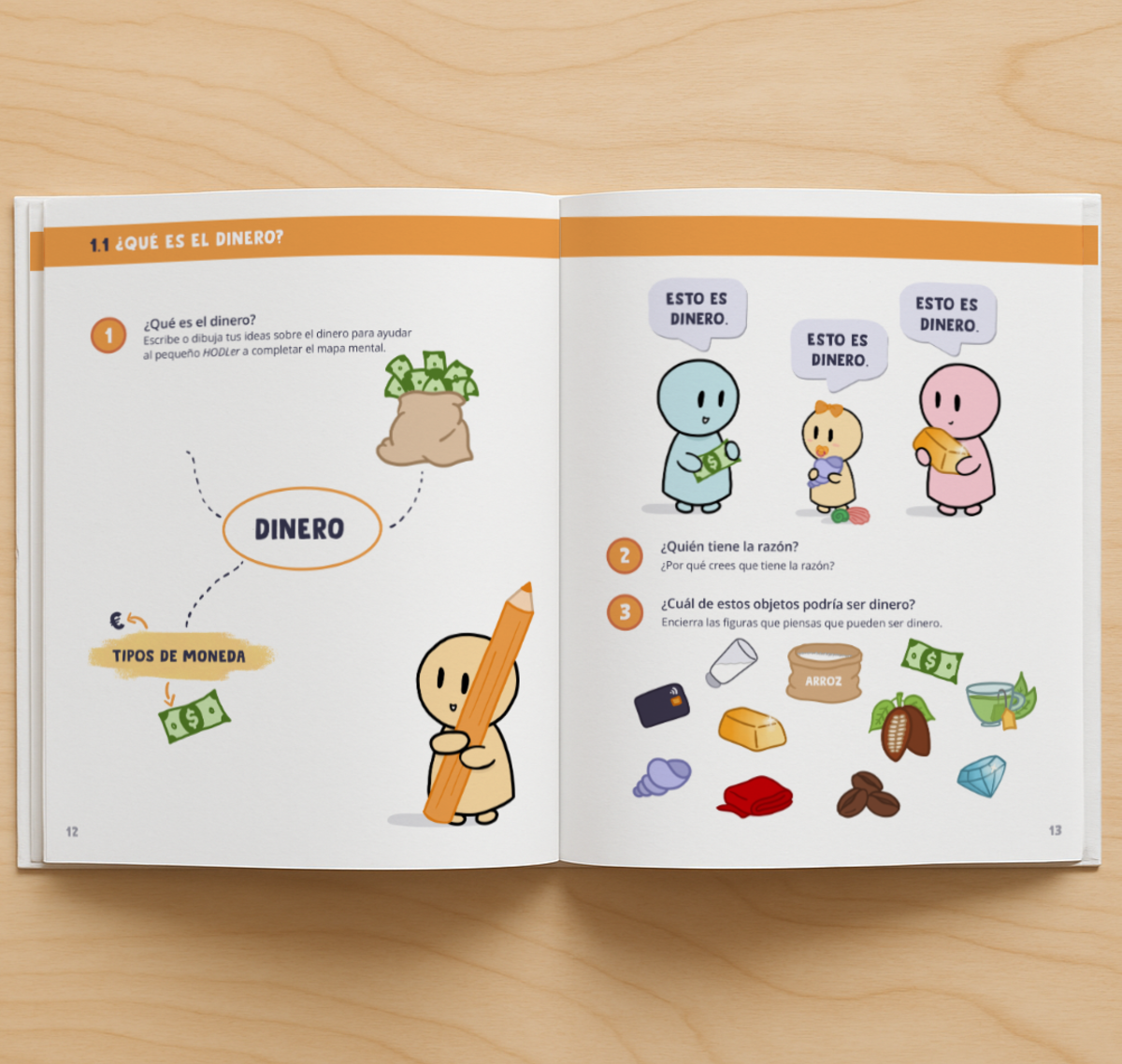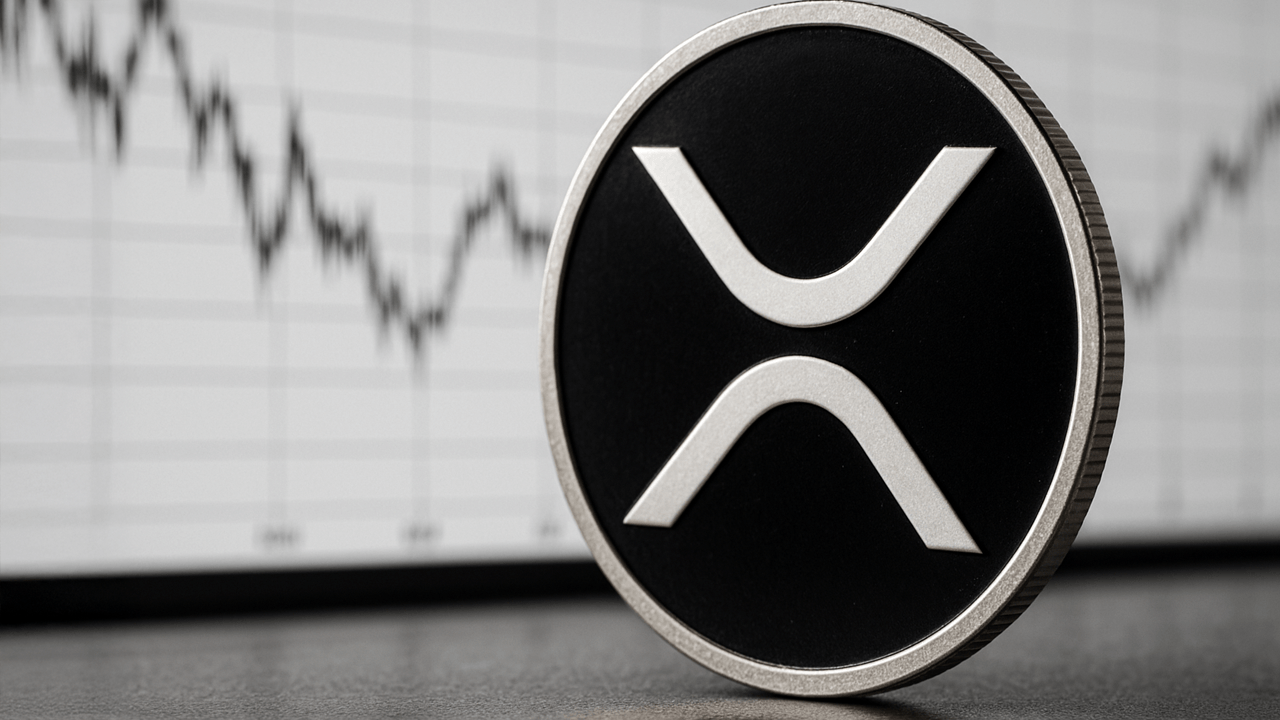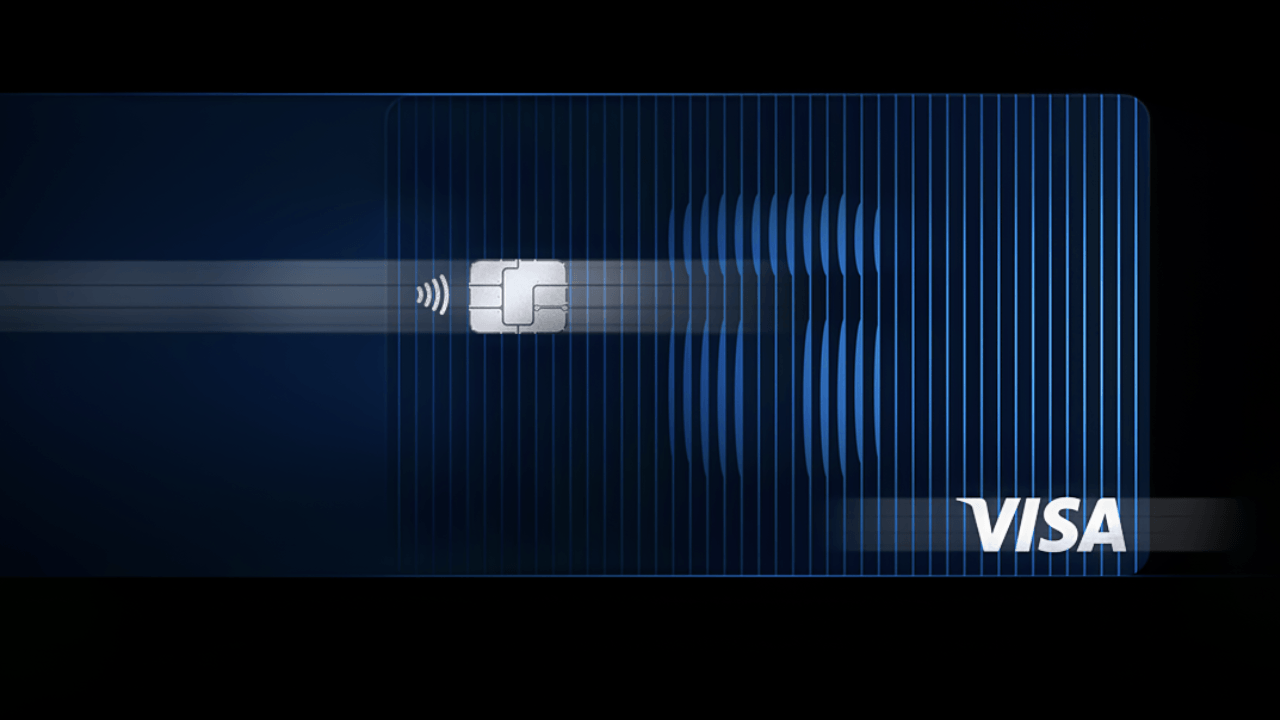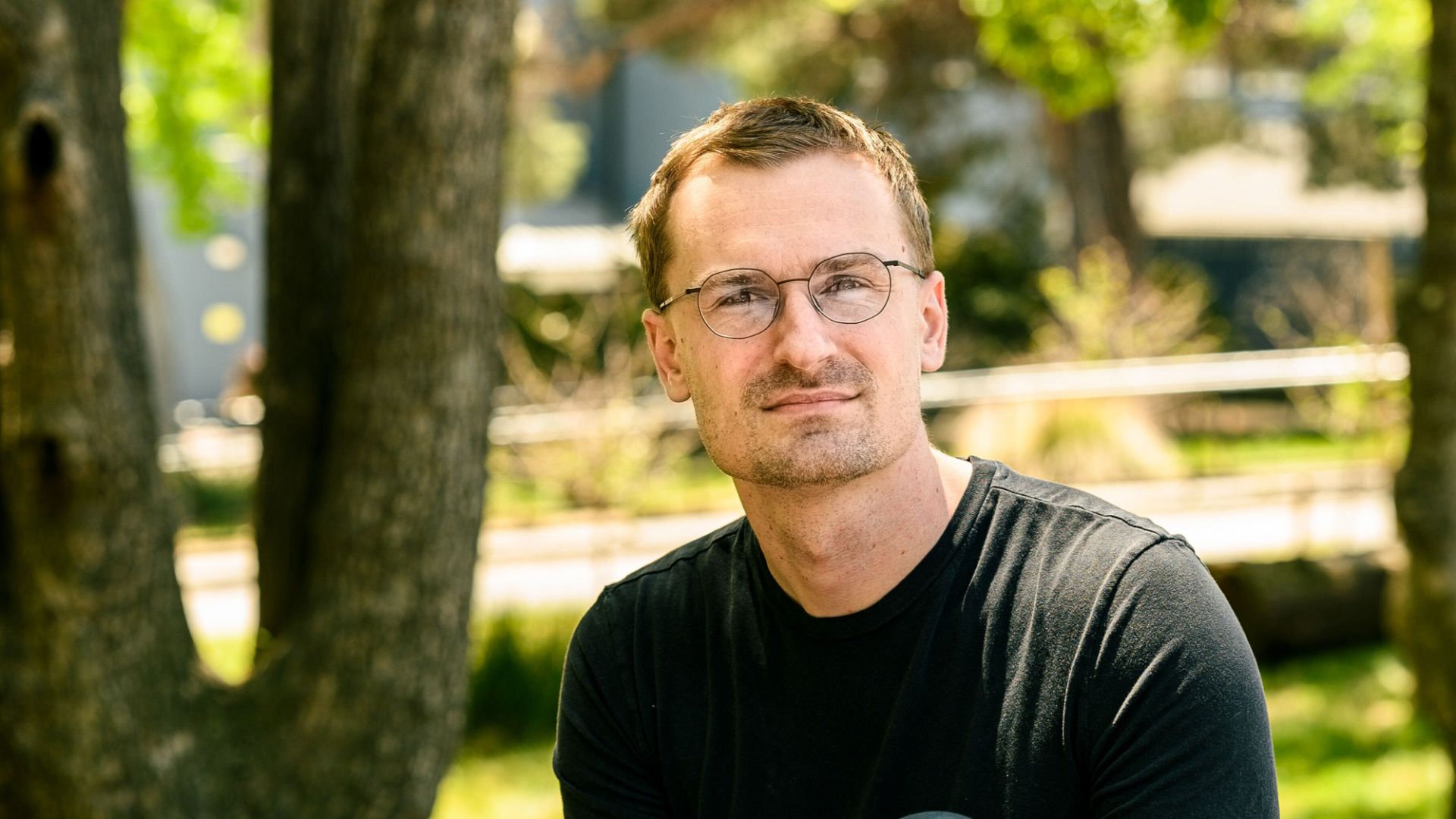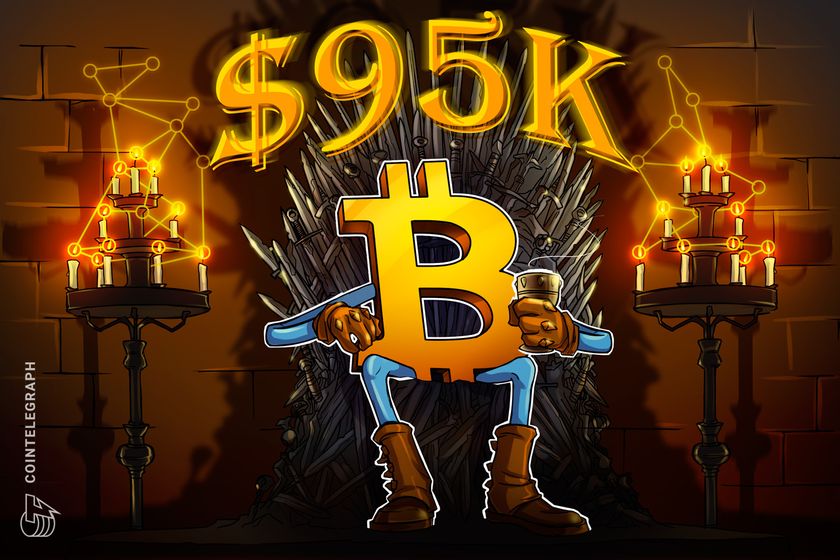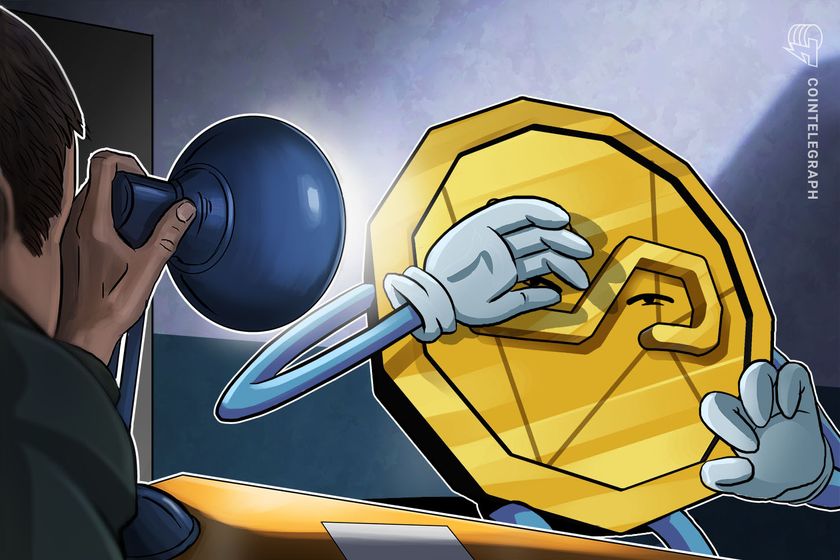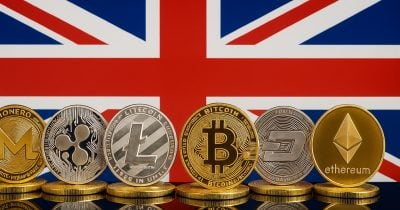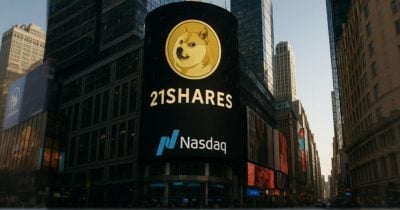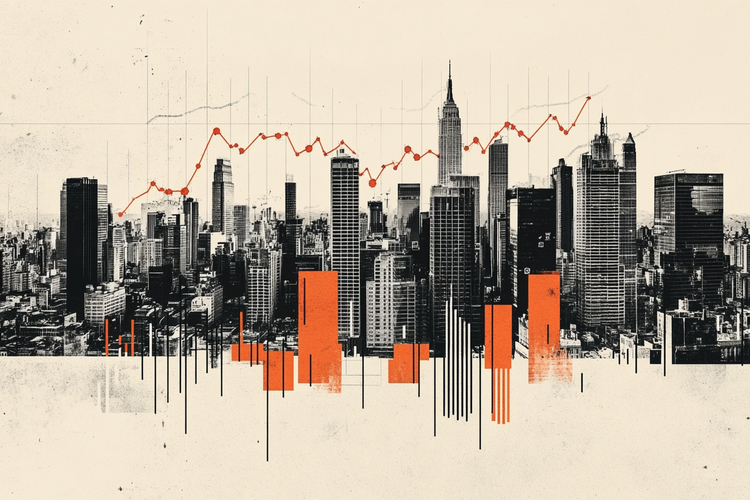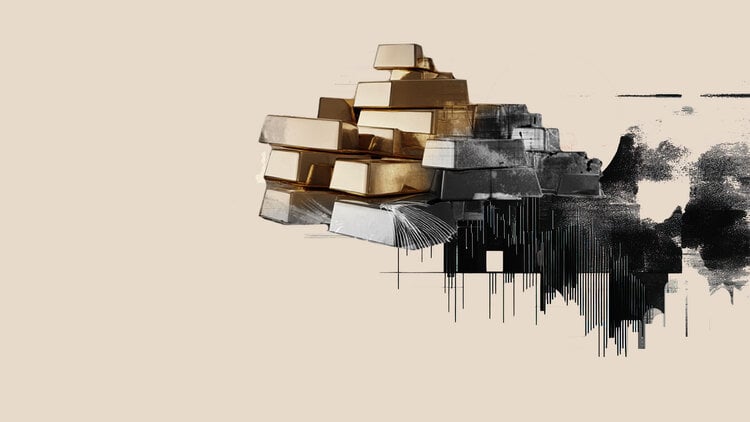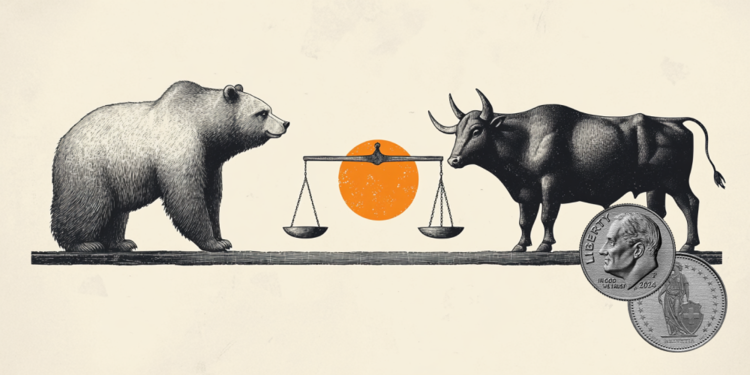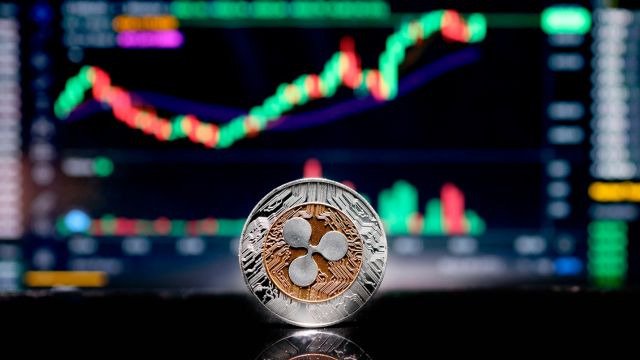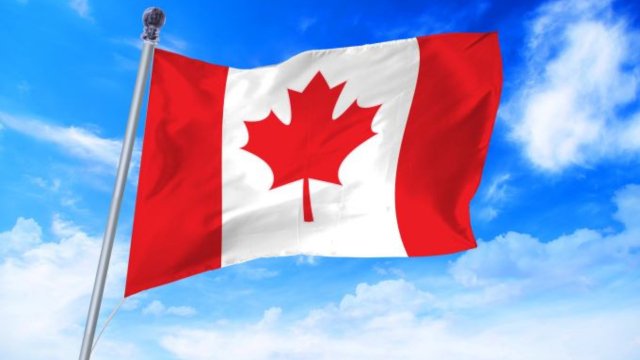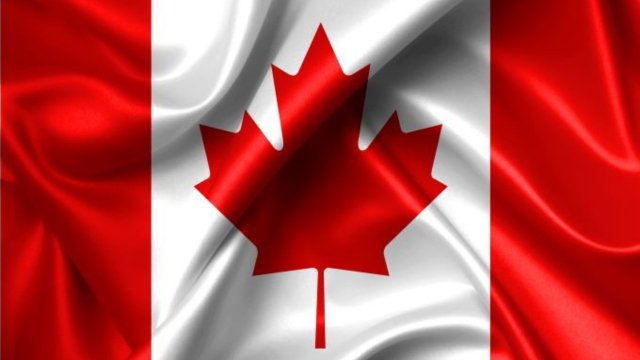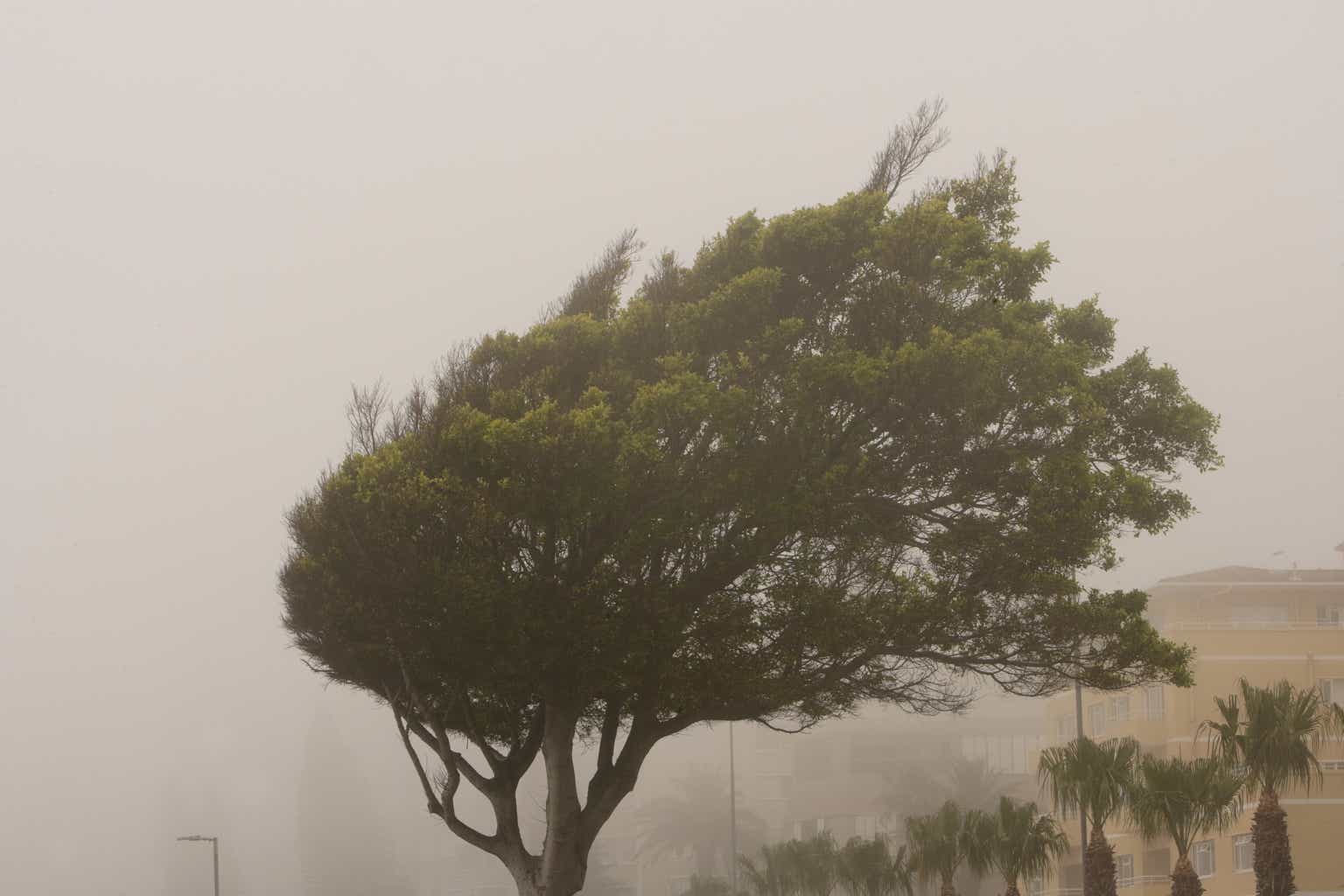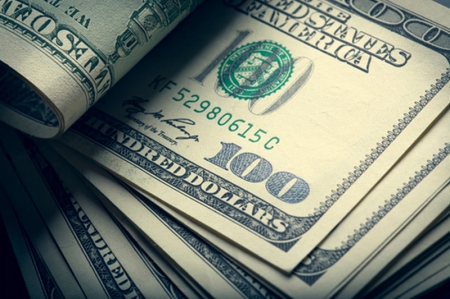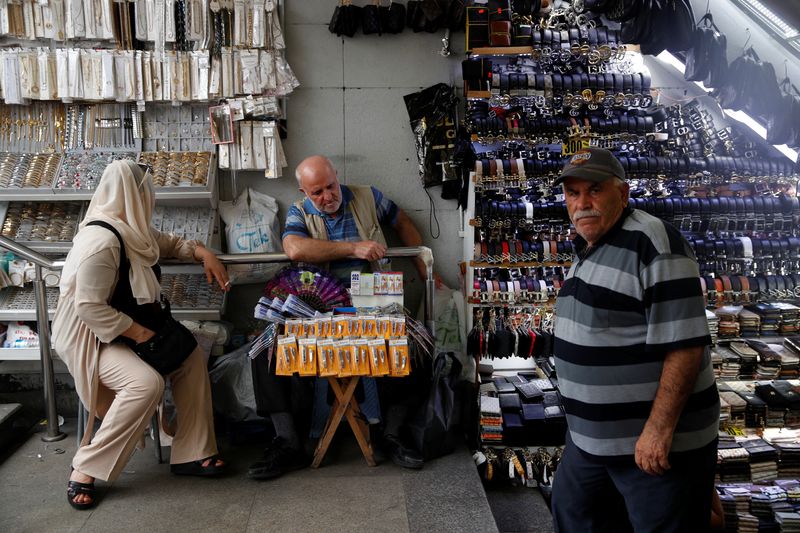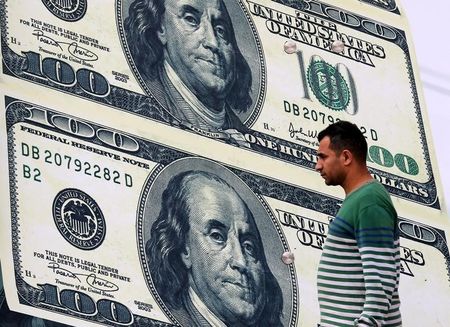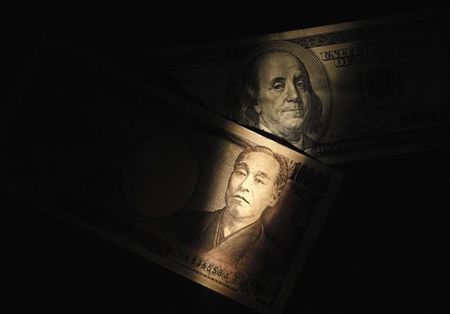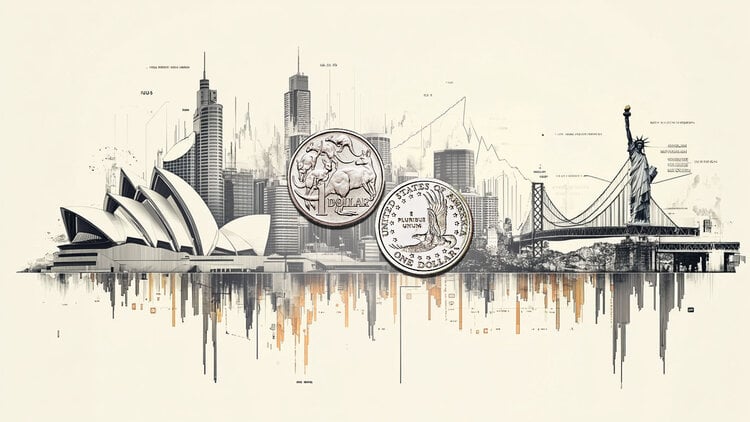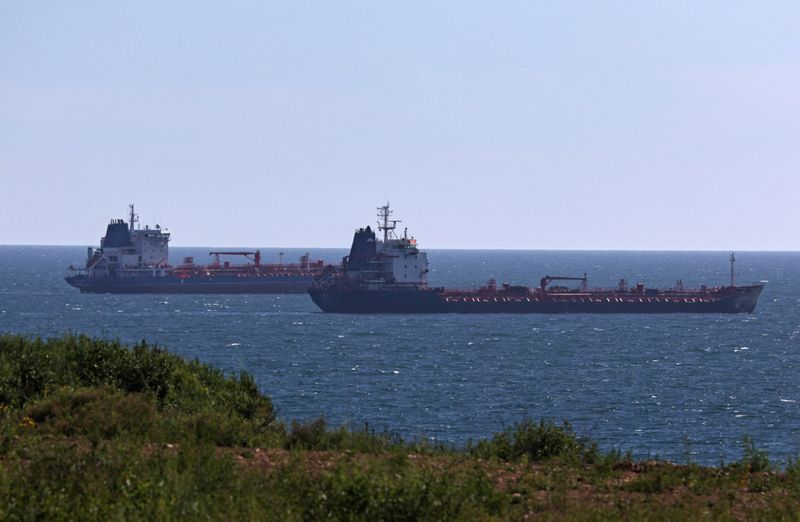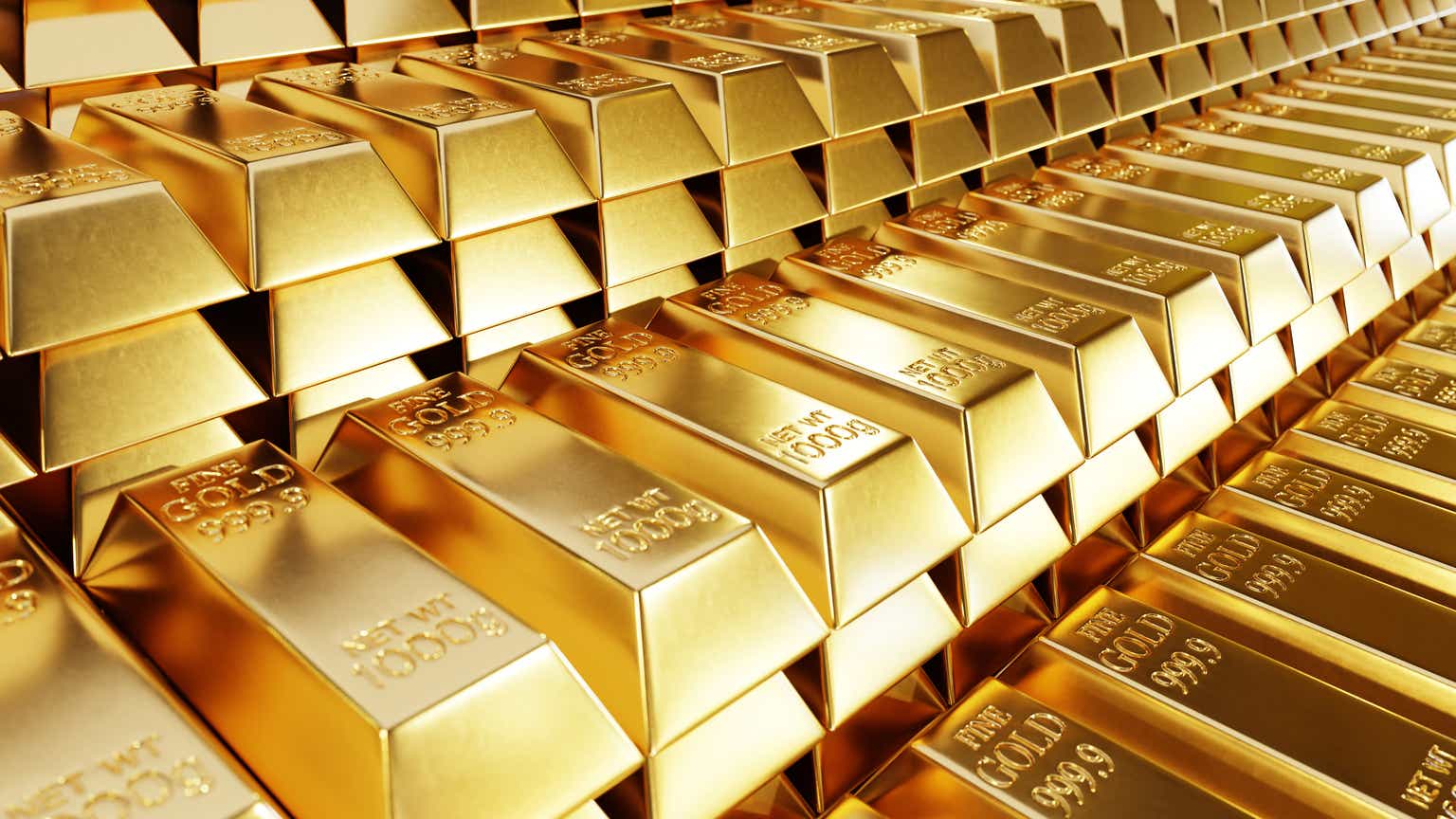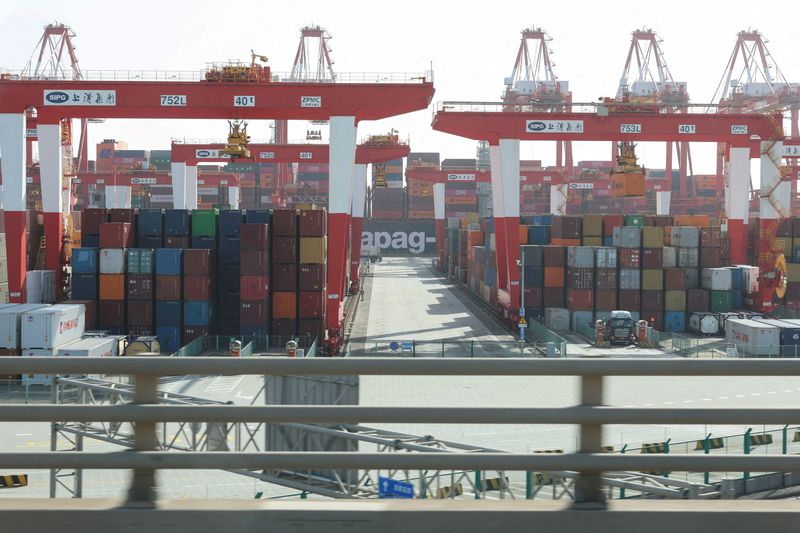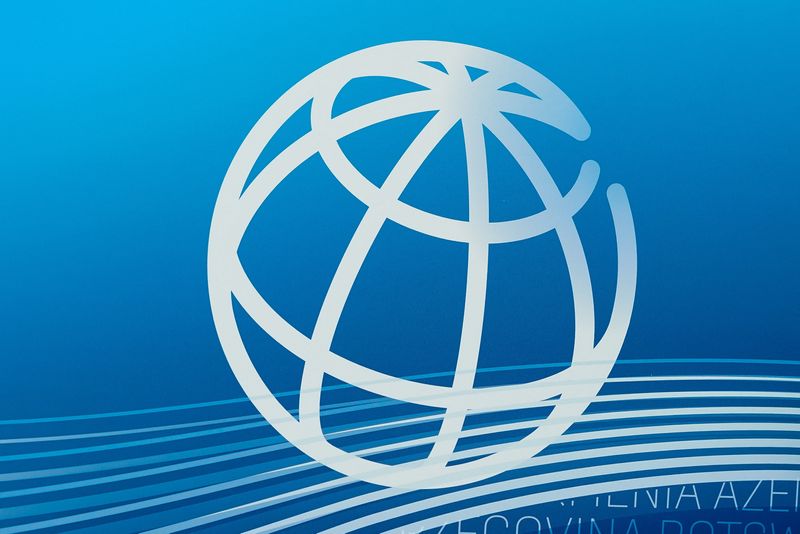Diageo once owned Burger King and Häagen-Dazs. Now it’s a drinks empire with Guinness, Baileys, and 11 other billionaire brands
The London-headquartered company we know today is just 27 years old. But its most iconic brands have been household names since well before that.

Europe is home to some of the world’s most iconic companies. Many started small to quell a single person’s curiosity before exploding into a global phenomenon. As a new resident, big, successful European brands have piqued my interest. What's their story? How did they transform into the giants they are today? How have they sustained their legacy over time? Those are some of the questions I explore in this new series.
If Diageo drew its family tree, its roots would go all the way to the 17th century, further back than many New World countries like the U.S. or Canada. Since then, its brands have become an essential party guest, whether through Johnnie Walker whiskies, Guinness beers, or Smirnoff vodkas.
Still, the London-headquartered company we know today is just 27 years old. Some of its most iconic brands were started by accident or were the experiment of a single individual—but today, they’re household names around the world.
View this interactive chart on Fortune.com
Diageo was born from the marriage of Grand Metropolitan and Guinness, two British companies that had become globally significant in their own ways. Guinness, already a multi-billion dollar brewer 30 years ago, was in a joint venture with the luxury conglomerate LVMH’s Moët Hennessy, and Bernard Arnault was one of its board members. Grand Metropolitan, on the other hand, owned alcohol brands and food chains like Burger King and Häagen-Dazs.
155Diageo's rank on the Fortune 500 Europe
The merger, worth $33 billion at the time, ultimately created a food and beverage juggernaut. It wasn’t until a few years after the deal that Diageo shed its food segment and transformed into predominantly a spirits brand.
Establishing trust with consumers under a new name took little time, as most well-known Diageo brands have a vivid look and origin story. Take Johnnie Walker, for instance. Its labels are precisely at a 20-degree angle so shoppers can identify its bottles. Meanwhile, Baileys, the only creamy liquor in the market when it came to be in 1974, started as an experiment to mix two of Ireland’s signature items: top-notch dairy and whisky.
After all these years, Diageo's attention to detail and nod to its brands’ provenance isn’t lost on it. The company runs a sprawling archive in the village of Menstrie that’s as big as 55 football pitches, with over 5,000 bottles spanning the history of its oldest brands. It includes 18th-century recipe books and the Johnnie Walker founder’s original account statements.
“It’s the corporate memory of the business,” said Christine McCafferty, Diageo’s head archivist based in Scotland, adding that the company always “looks back to look forward.”
An historic ad of Johnnie Walker from Fortune’s magazines in the 1950s:
The company has spent years fine-tuning its business by snapping up brands like Captain Morgan and Don Julio and shedding its wine business. While most drinkers would have no more than cursory knowledge of Diageo’s brands, its legacy is still alive in its innovation and product ideas. For instance, Tanqueray was born when one Charles Tanqueray dabbled with botanical-themed recipes to infuse into gin in 1830. Today, the spirit comes in various shapes and forms, from its alcohol-free variety to a can of ready-made gin-and-tonic, loved by busy commuters and summer festival-goers.
The company always “looks back to look forward."Christine McCafferty, Diageo’s head archivist
Diageo is now a powerhouse, generating over $20 billion in sales globally and ranked #155 on the Fortune 500 Europe list. It's also home to 13 billionaire drink brands. Its secret lies in catering to Scotch connoisseurs, booze-loving bakers, and alcohol-shy Gen Z—all at once.
“We're at the heart of social occasions,” Ewan Andrew, Diageo’s global supply chain and sustainability chief, told Fortune. He started his career as a shift manager 27 years ago at United Distillers, which used to be part of Guinness before its merger.
3 things that helped Diageo conquer the world:
1. Never confined
The strategy of dividing and conquering can be a hit or a miss for businesses. In Diageo's case, it was a game-changer.
One of its stand-out features has been its ability not to pigeonhole itself within the alcohol category and to operate across product ranges and regions so everyone feels catered to. Despite being born out of a living and breathing stout giant, Guinness, it didn’t focus primarily on beer as its Belgian rival AB InBev did. Neither did it focus solely on high-end liquor like Pernod Ricard. Instead, it did it all in a way that didn’t diminish any of the brands and their individual histories.
For instance, Diageo offers the casual pint of Guinness at a local pub and Pimm’s at a summer picnic. But it also makes the highly-coveted Port Ellen single-malt whisky and a cask of ancient Don Julio tequila bottles sold on auction for $218,000.
Still, Diageo had to be careful where it invests to deliver returns to shareholders. The company’s long-standing former CEO, Ivan Menezes, who died in 2023, was instrumental in consolidating its position as the world’s biggest distiller. Some of Diageo’s bets have paid off in a big way. Within 10 years of buying Don Julio, it’s become the world’s top tequila brand (it even got a big moment at the Oscar Awards this year, which prompted Diageo to make smaller tequila bottles).
“For a company that was going to be a major top FTSE company, you needed to make sure that you weren't just too many eggs in one basket with the volatility in the world,” Andrew said.
On the flipside, the company has also cut many brands from its portfolio to focus on its core products, which, Andrew admits, makes him “a bit sad” even though it’s a part of running the business.

Diageo has built much of its business around a premiumization trend, wherein consumers drink less alcohol but want it to feel more indulgent. This was true of most markets around the world. So, the company’s deals weren’t just about bulking up its portfolio of alcohol brands—which currently stands at over 200—but also about breaking into new geographies.
“Socialising and creating memories remain top priorities and are still seen as reasons to spend,” Anna Ward, a senior consultant at Euromonitor, said in a note earlier this year. “Distillers are releasing ready-to-serve, sharing bottles of well-known cocktails, recognizing the fact that communal consumption inherently favors premium choices.”
Diageo now makes pre-made Old Fashioned and Cosmopolitan cocktails, which was one of the primary growth drivers in its largest market, the U.S., in the last fiscal year.
The British company built facilities in markets from America to Australia. In addition to its recognizable brands, Diageo owns local labels that help it blend into each distinctive drinking culture. For instance, the company’s subsidiary in India owns several whisky and vodka brands.
2. Reading the room
London-headquartered Diageo has recently faced several storms that have wrecked the alcohol market. The pandemic threw the supply chain and inventory process out of whack and left the company to deal with leftover alcohol stockpiles. It also gave Diageo a more significant challenge: how should it cater to consumers around the world confined to their homes?
Although the demand for alcohol had changed, it hadn’t ceased. Sales began booming online, and people started making cocktails in their bars and kitchens. One instance of how Diageo cashed in on the trend is when home-bound drinkers became creative by using Baileys in their bakes. Observing this, Diageo doubled its campaigns to reach more bakers through social media, who were experimenting with liquor in their recipes. That ultimately proved a bright spot as the billionaire Baileys brand became more than just a festive treat.
@desertislanddishes Recipe 14 of 100: Baileys Tiramisu Ever since I saw tiramisu fridge drawer that @ondapastabar posted I haven’t stopped thinking about it. An entire drawer dedicated to tiramisu. When I was testing this recipe, I had no dishes left and then it occurred to me…I could make my own tiramisu fridge drawer a reality. THE DREAM! The story behind the @ondapastabar tiramisu drawer is also amazing - they were a new restaurant who were struggling and they were close to calling it a day and then that video changed everything. They were booked up over night for months in advance. How amazing is that?? And goes to show, you never know what’s around the corner. So this is my Baileys Tiramisu - not traditional but it’s so delicious! The recipe I always use is one I’ve been making for a long time and it’s based on an authentic Italian tiramisu but then this time I’ve added Baileys. It’s actually very simple to make and is the ultimate no bake dessert! So good! I’ve written the recipe on www.desertislanddishes.co




